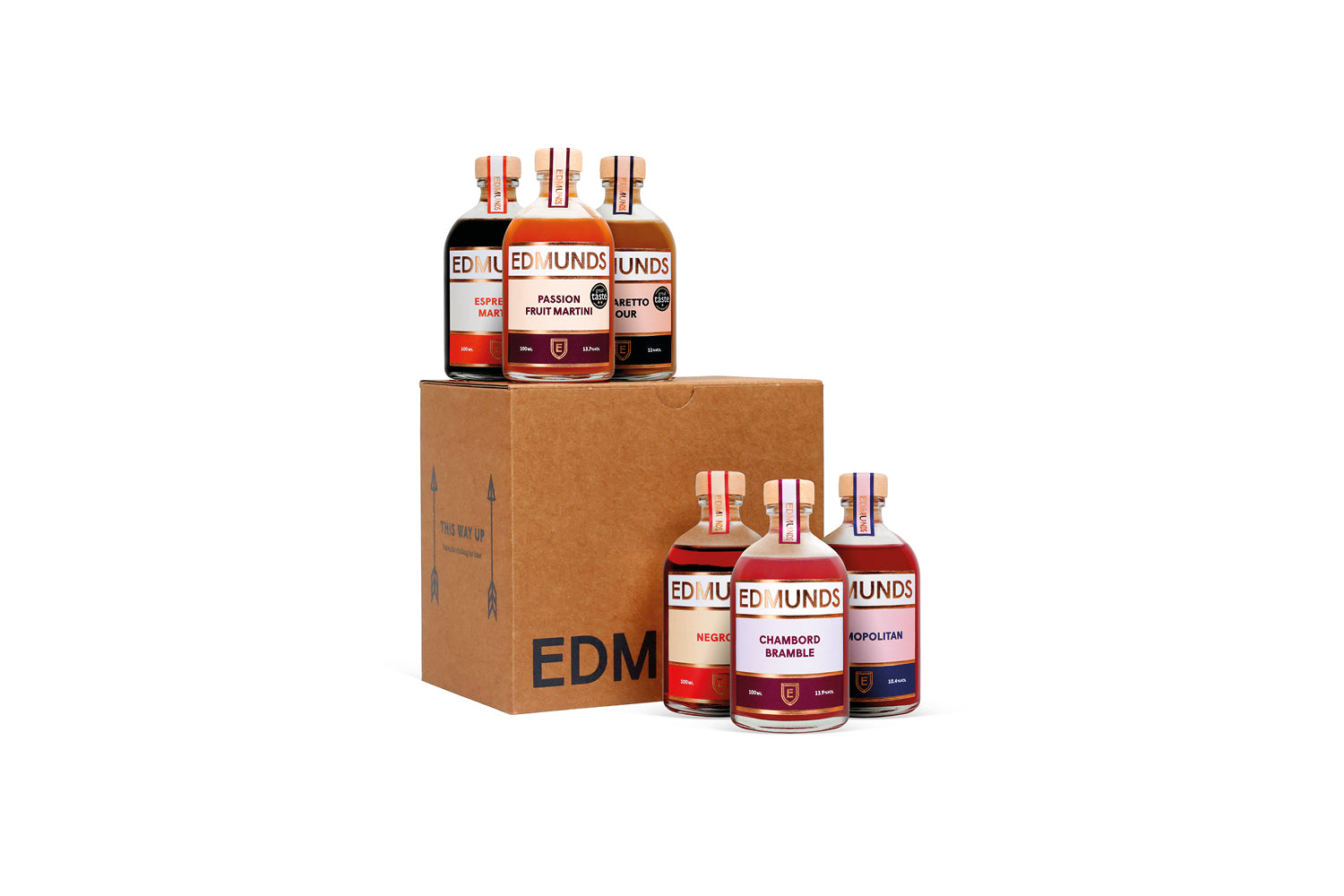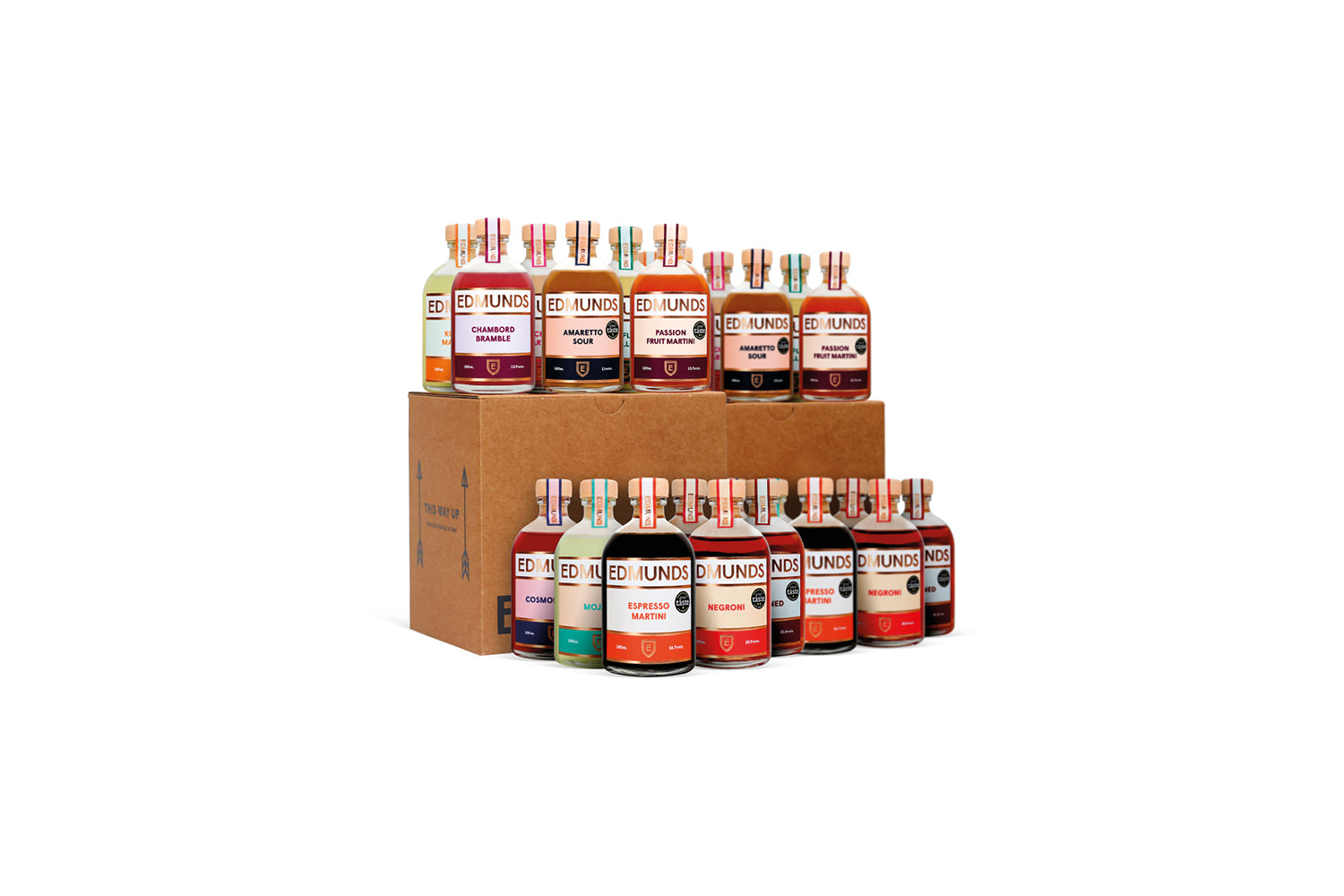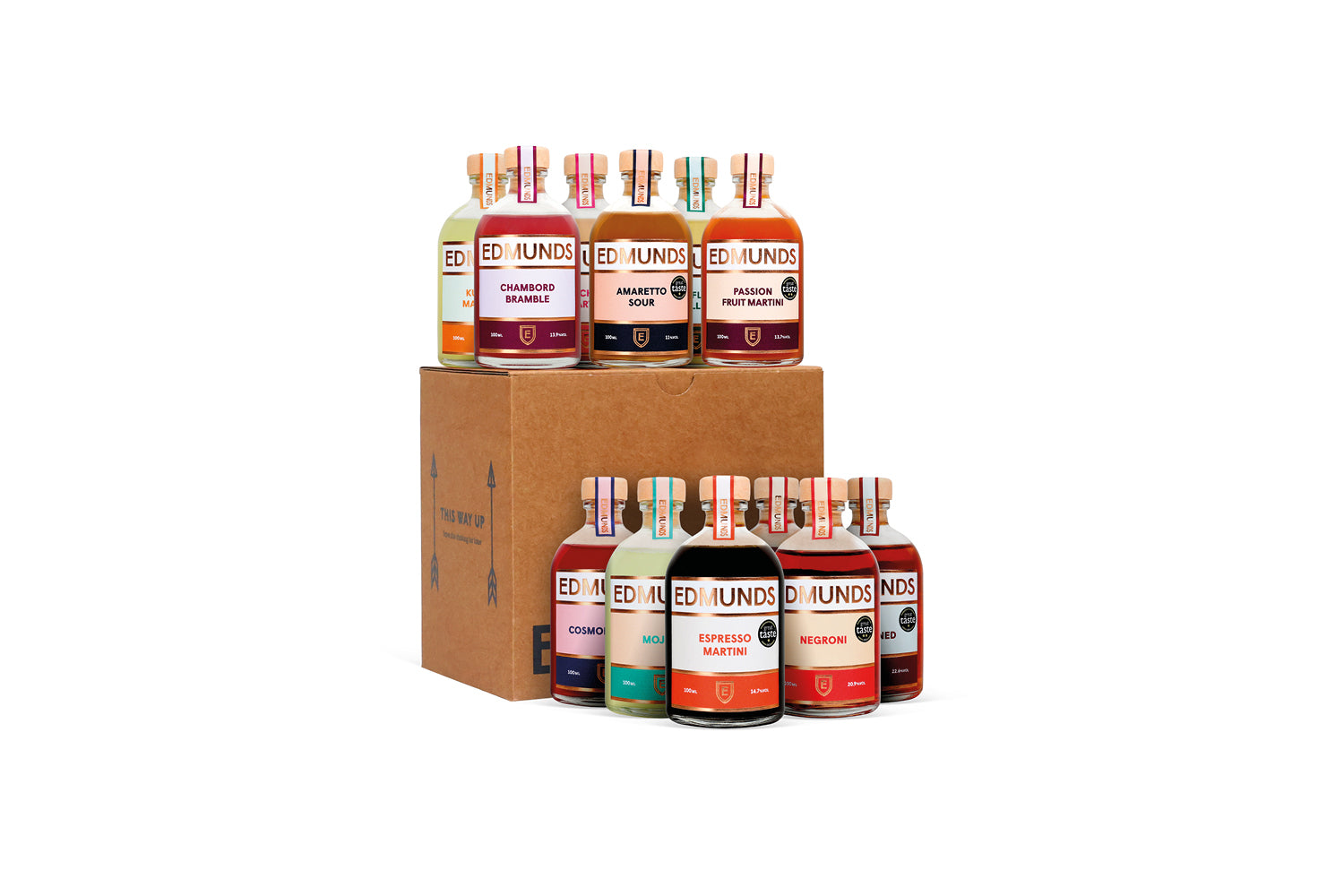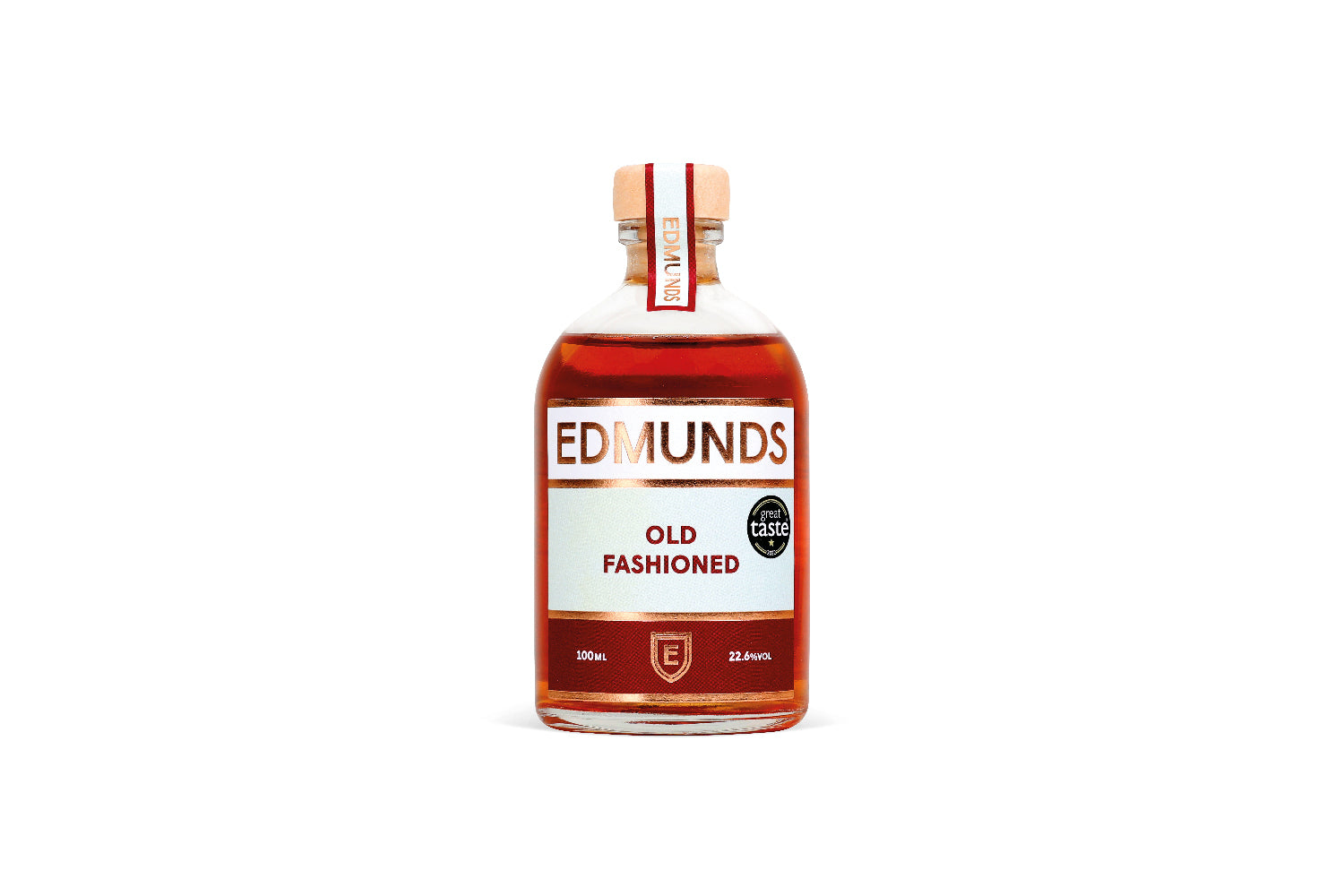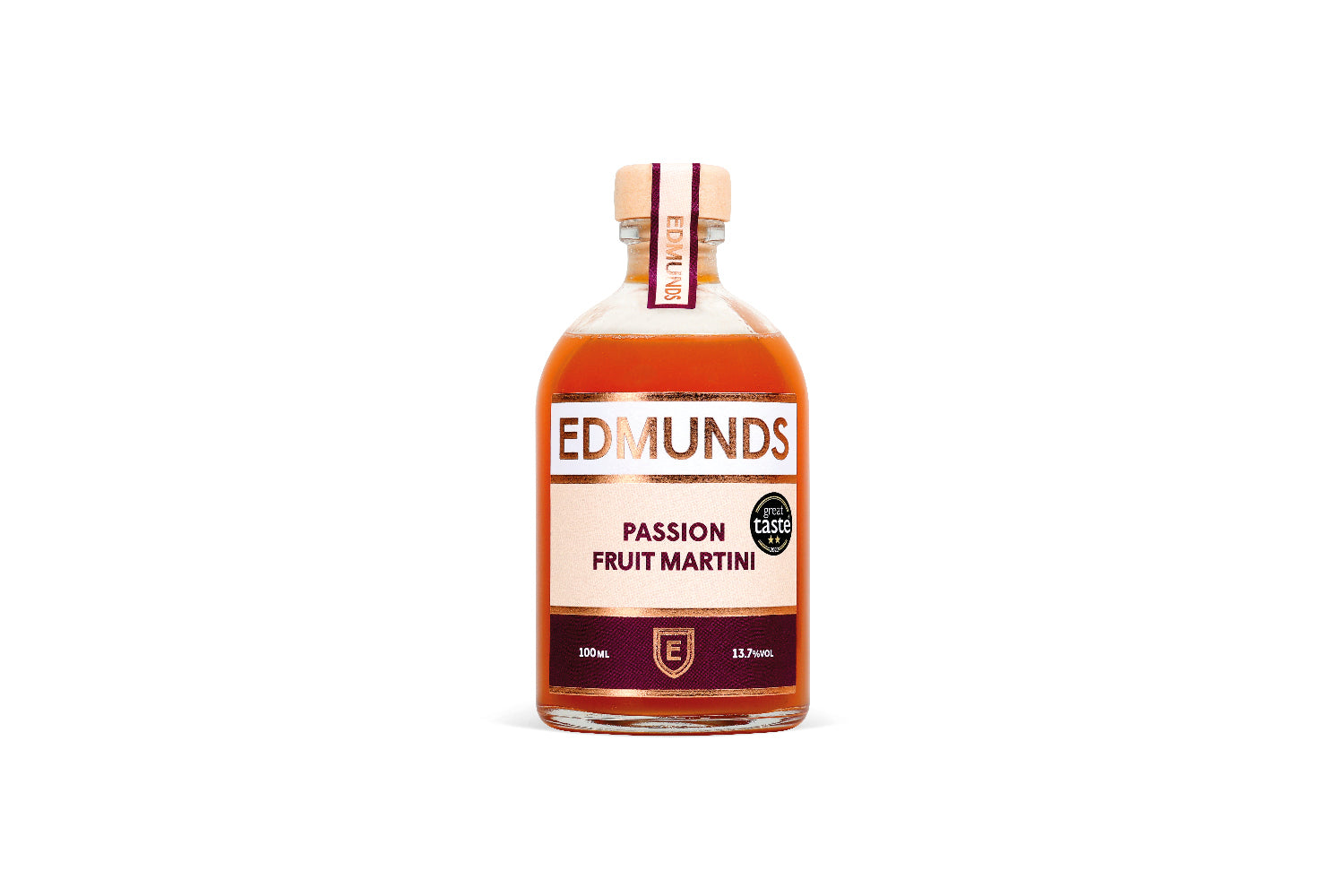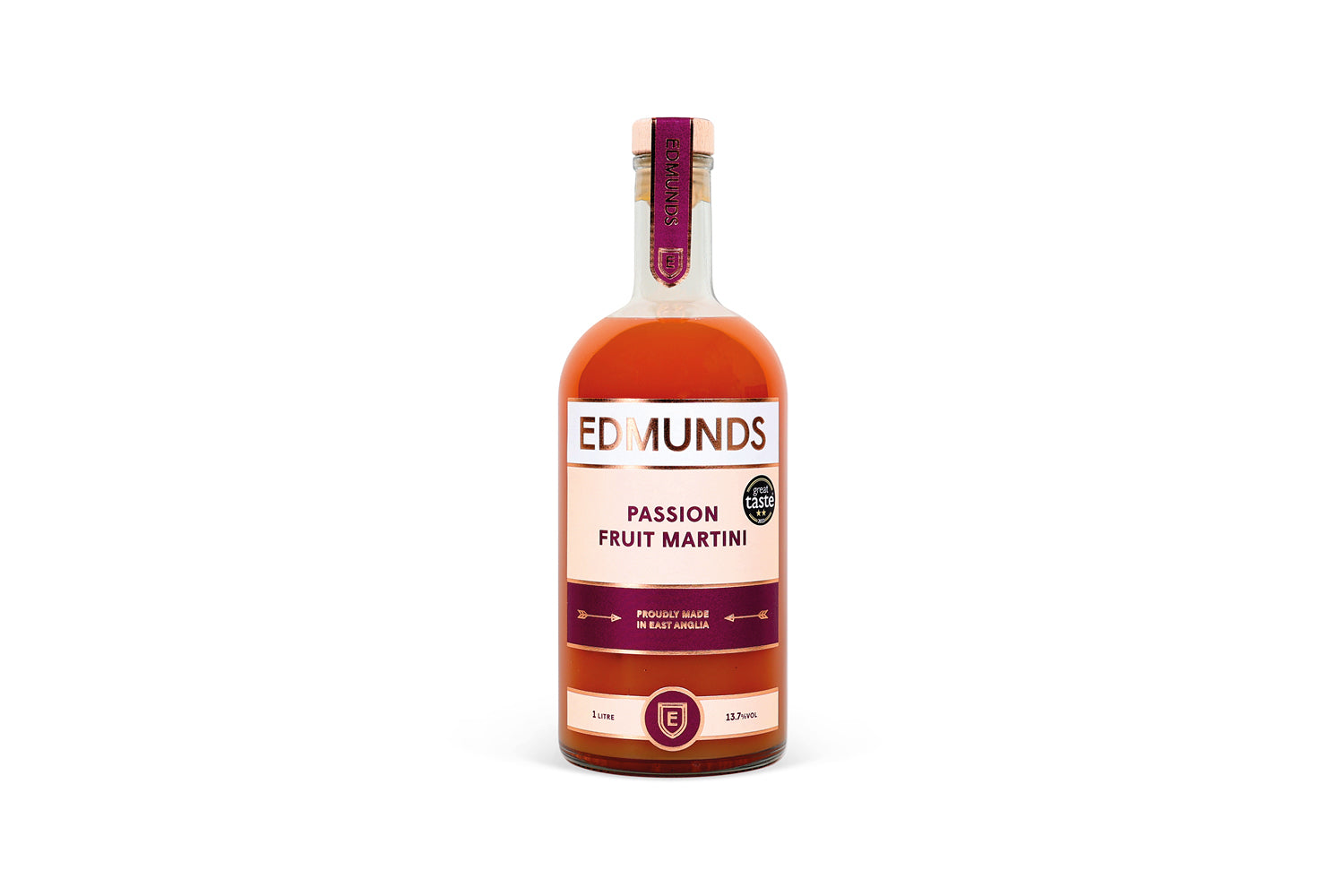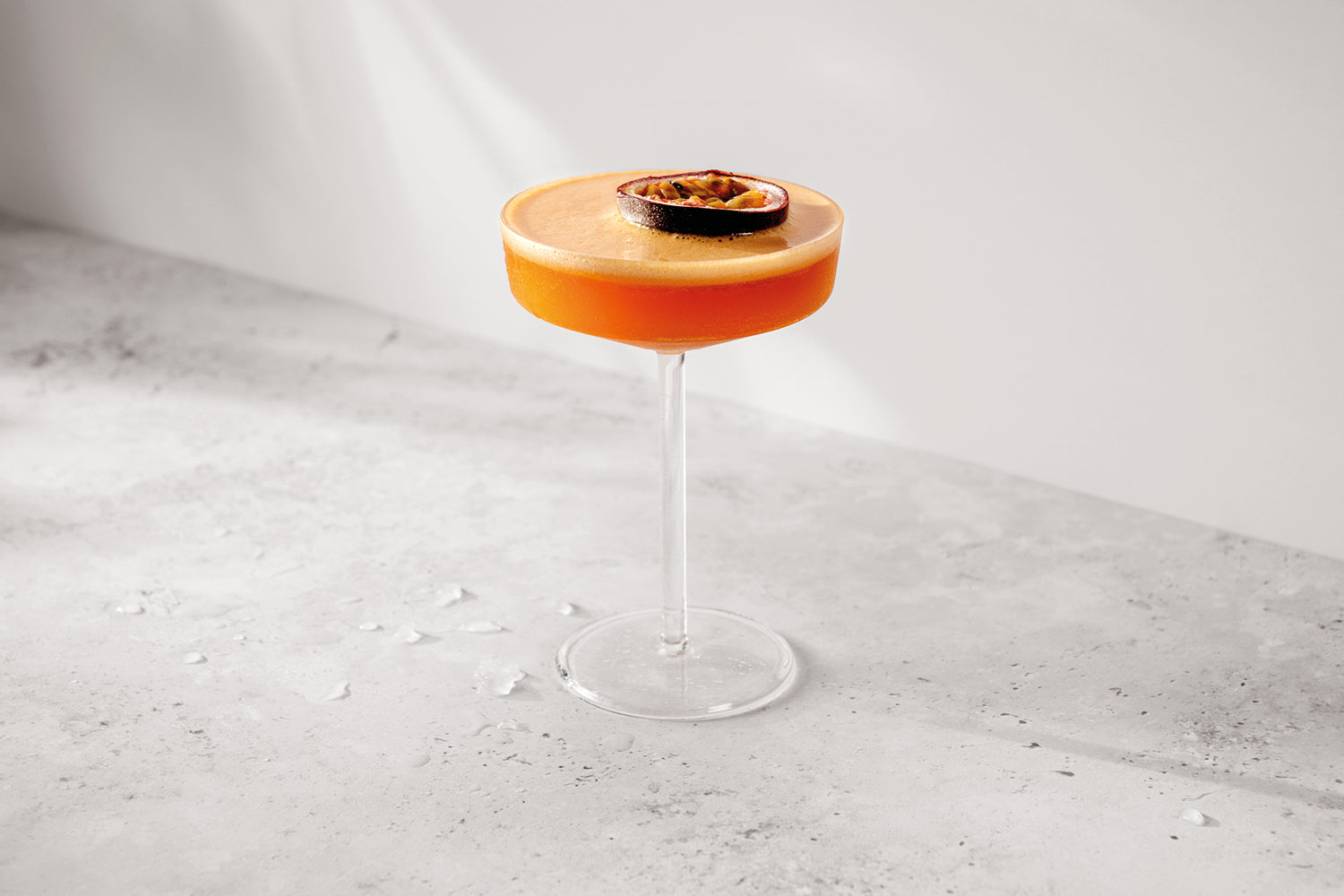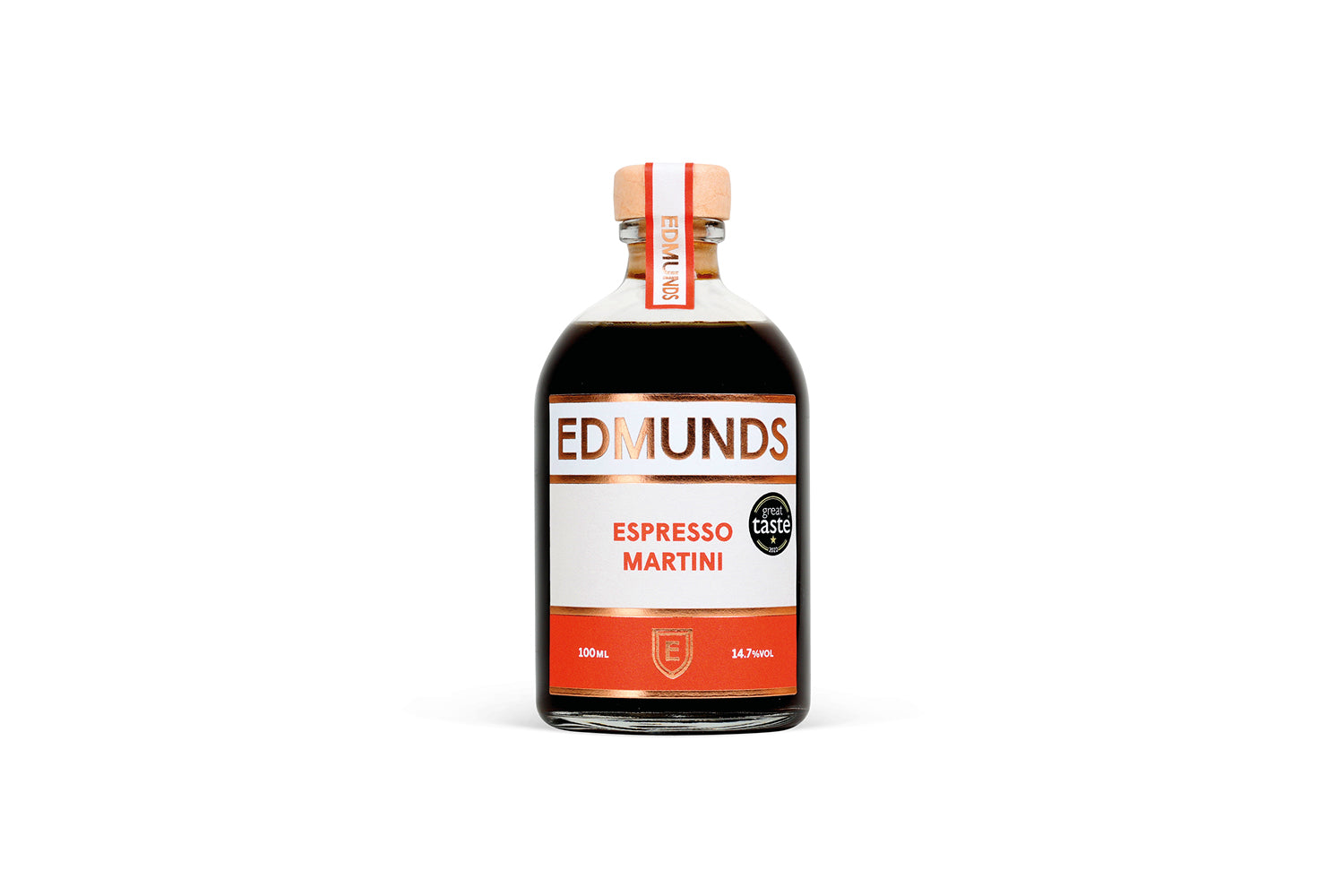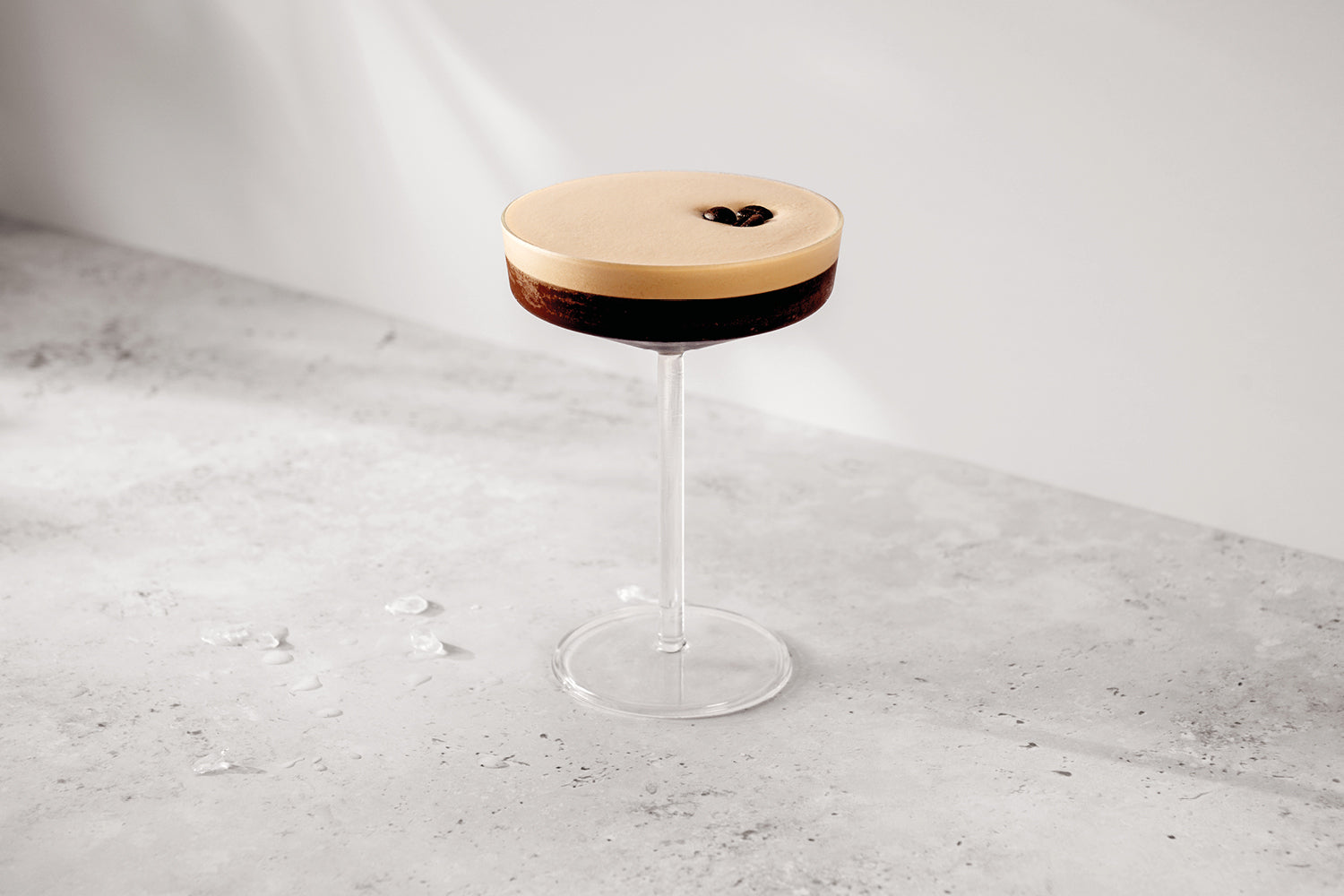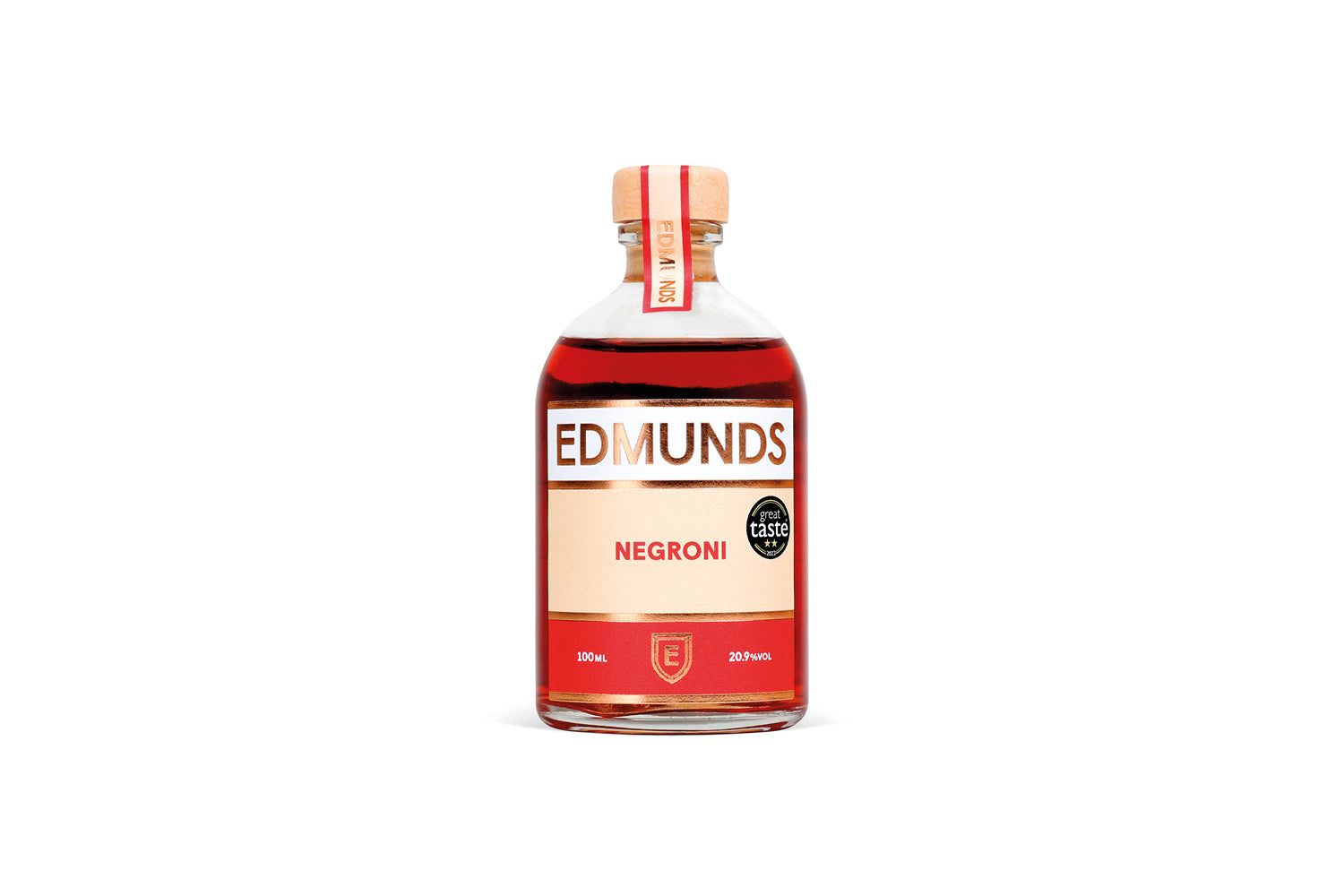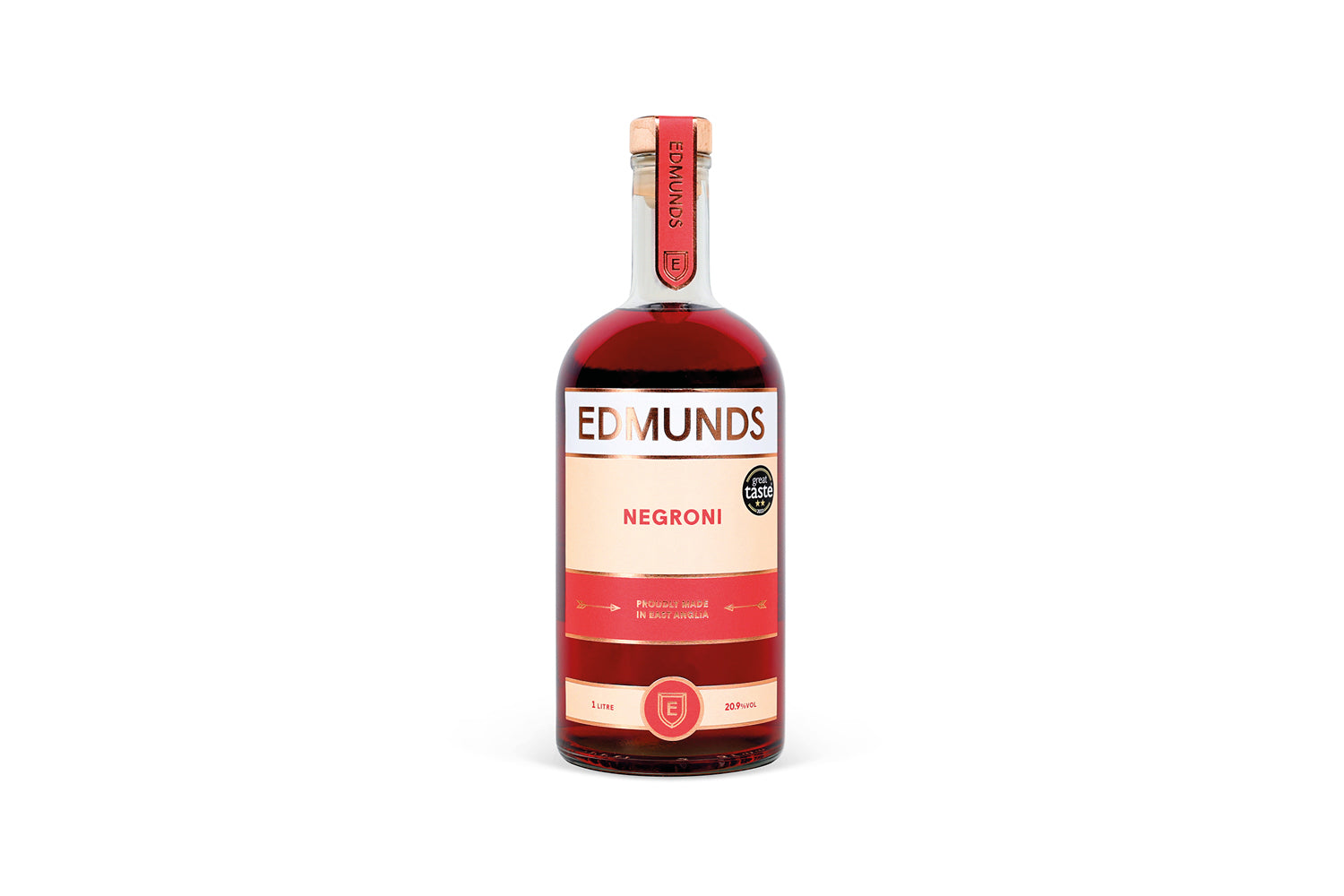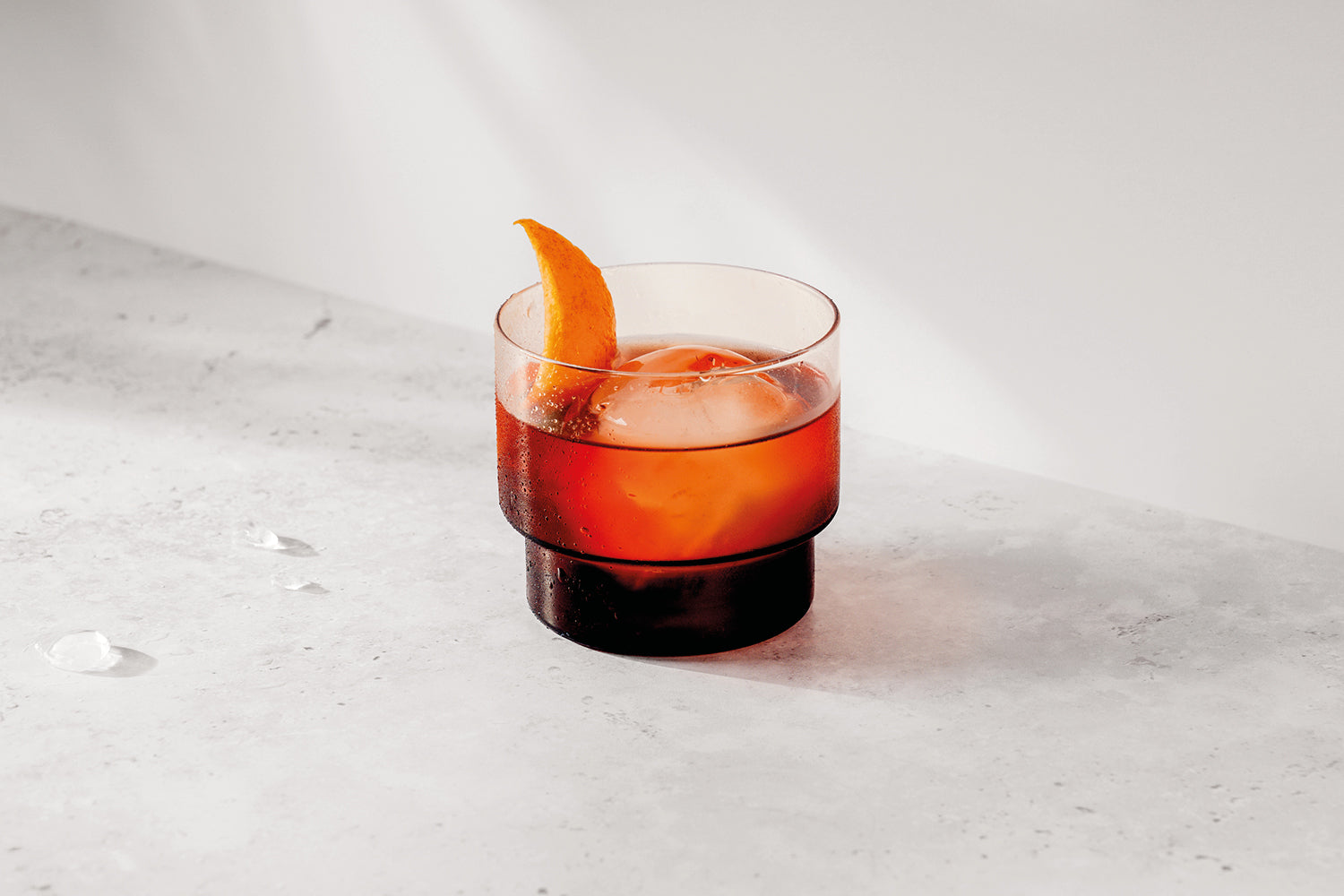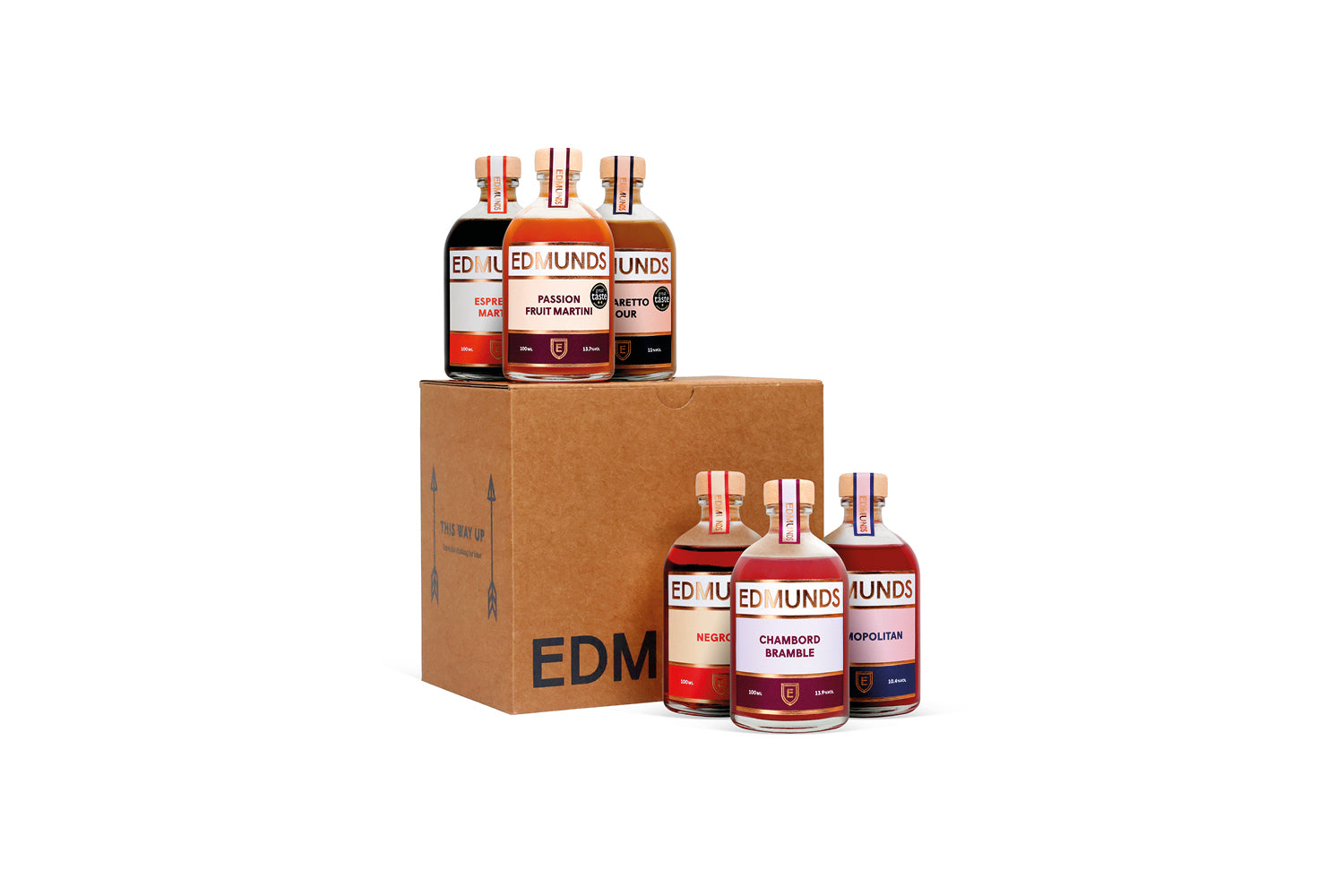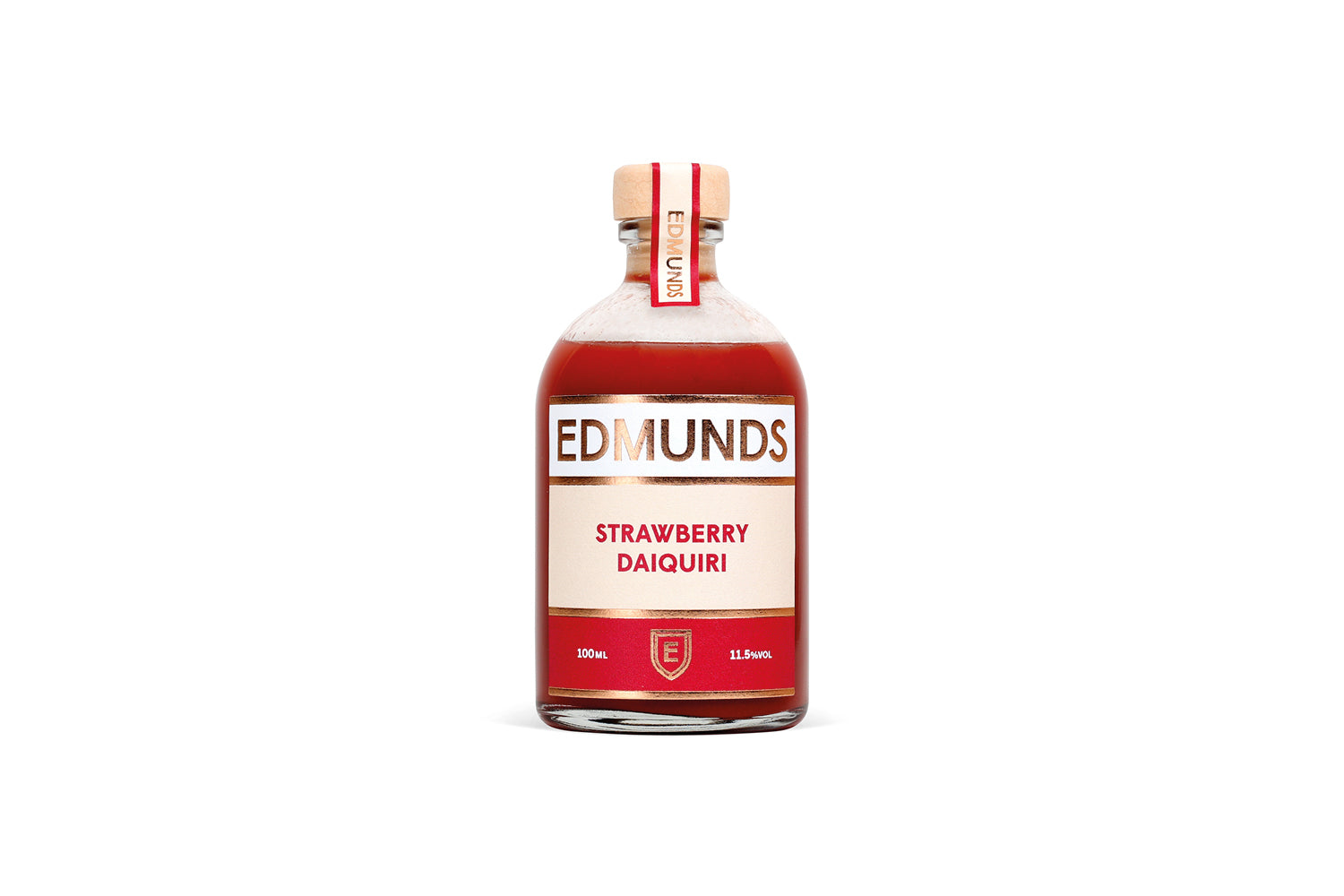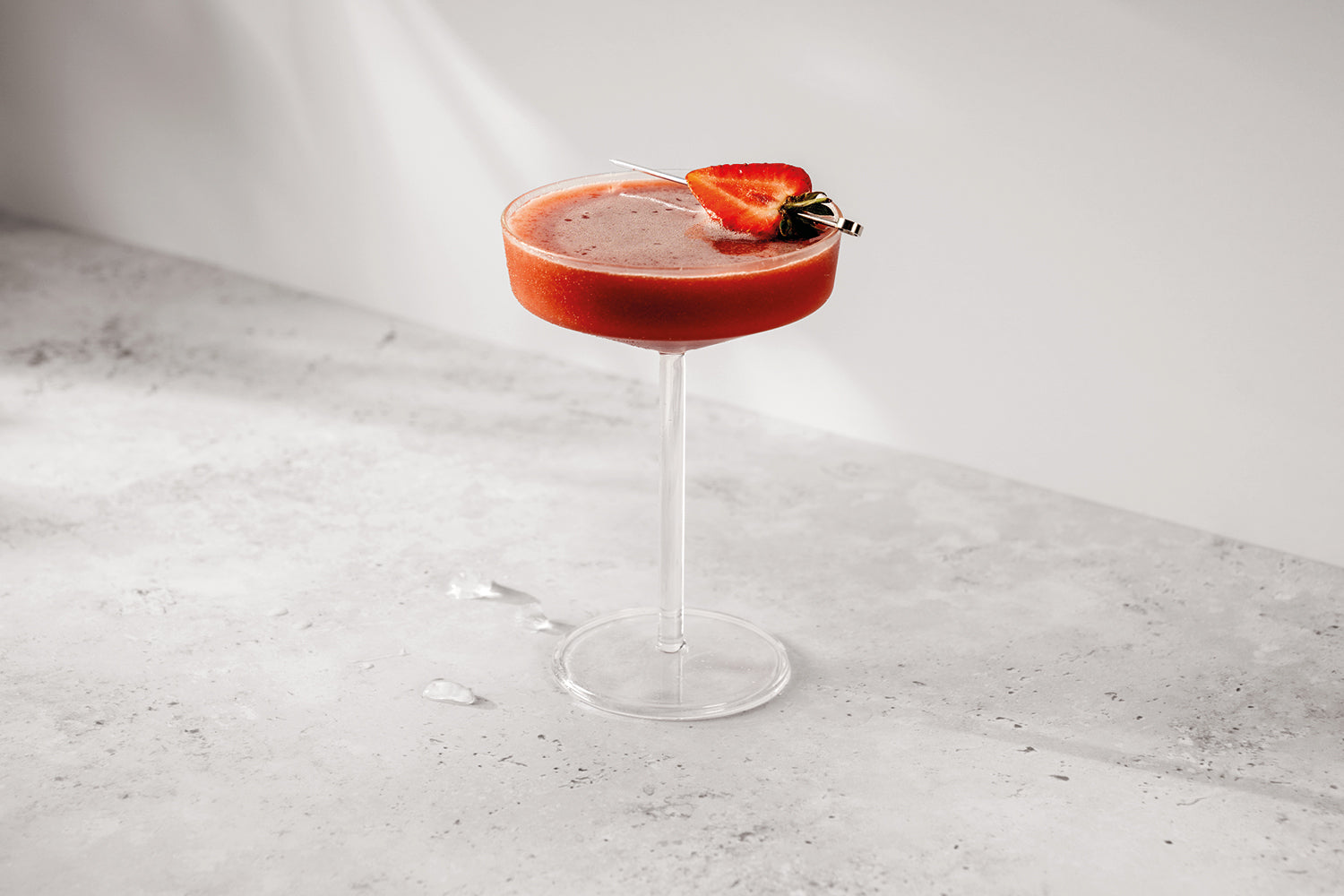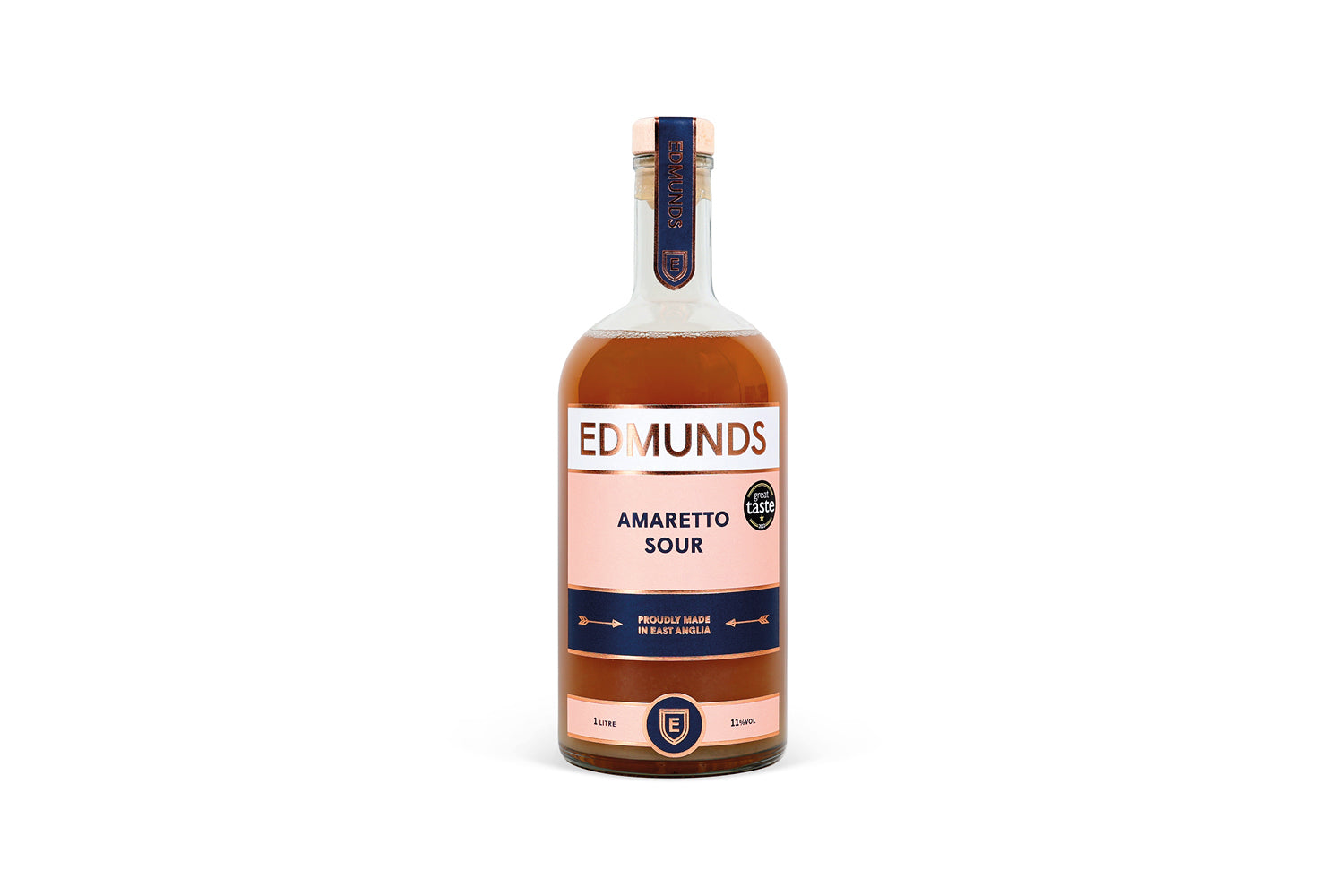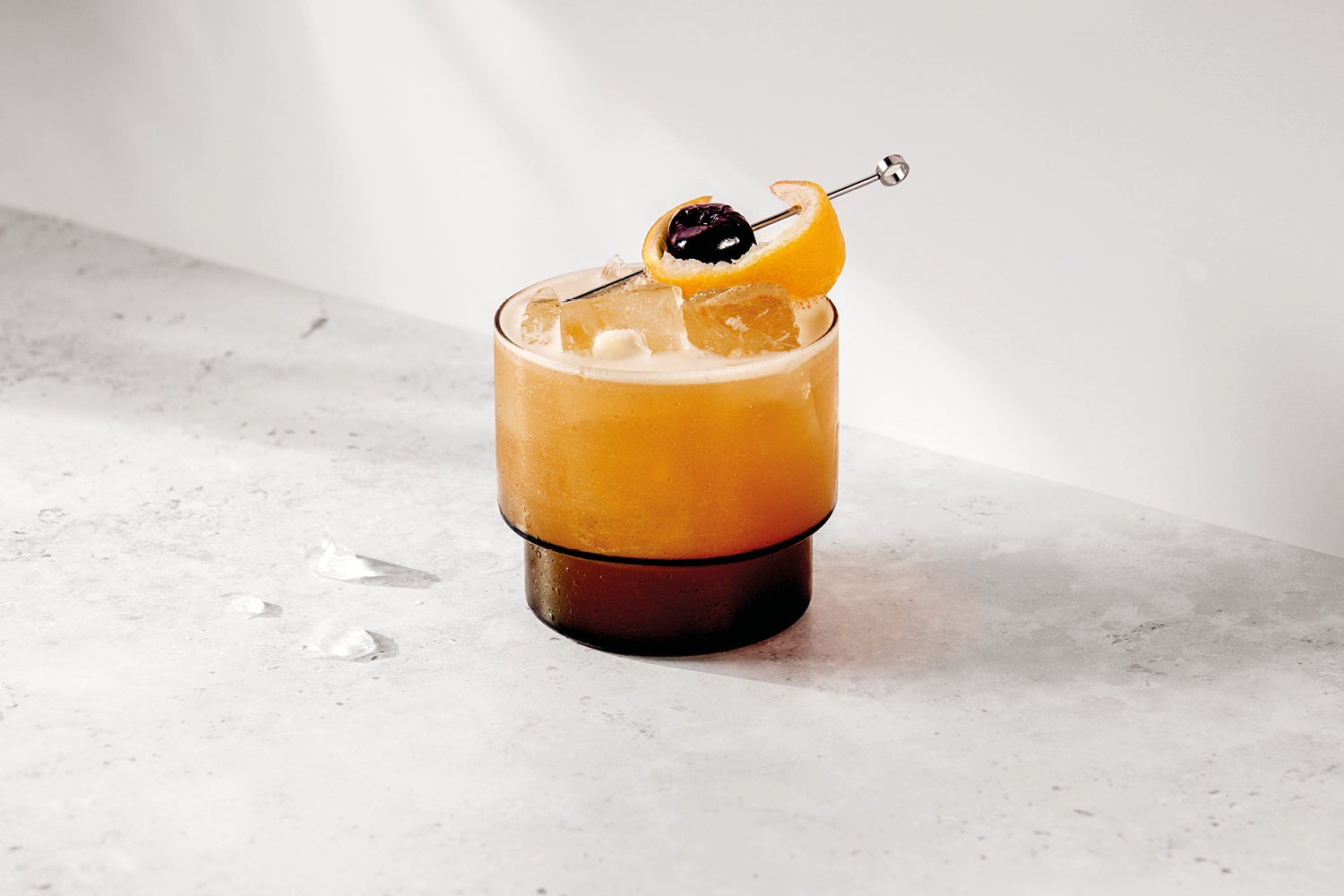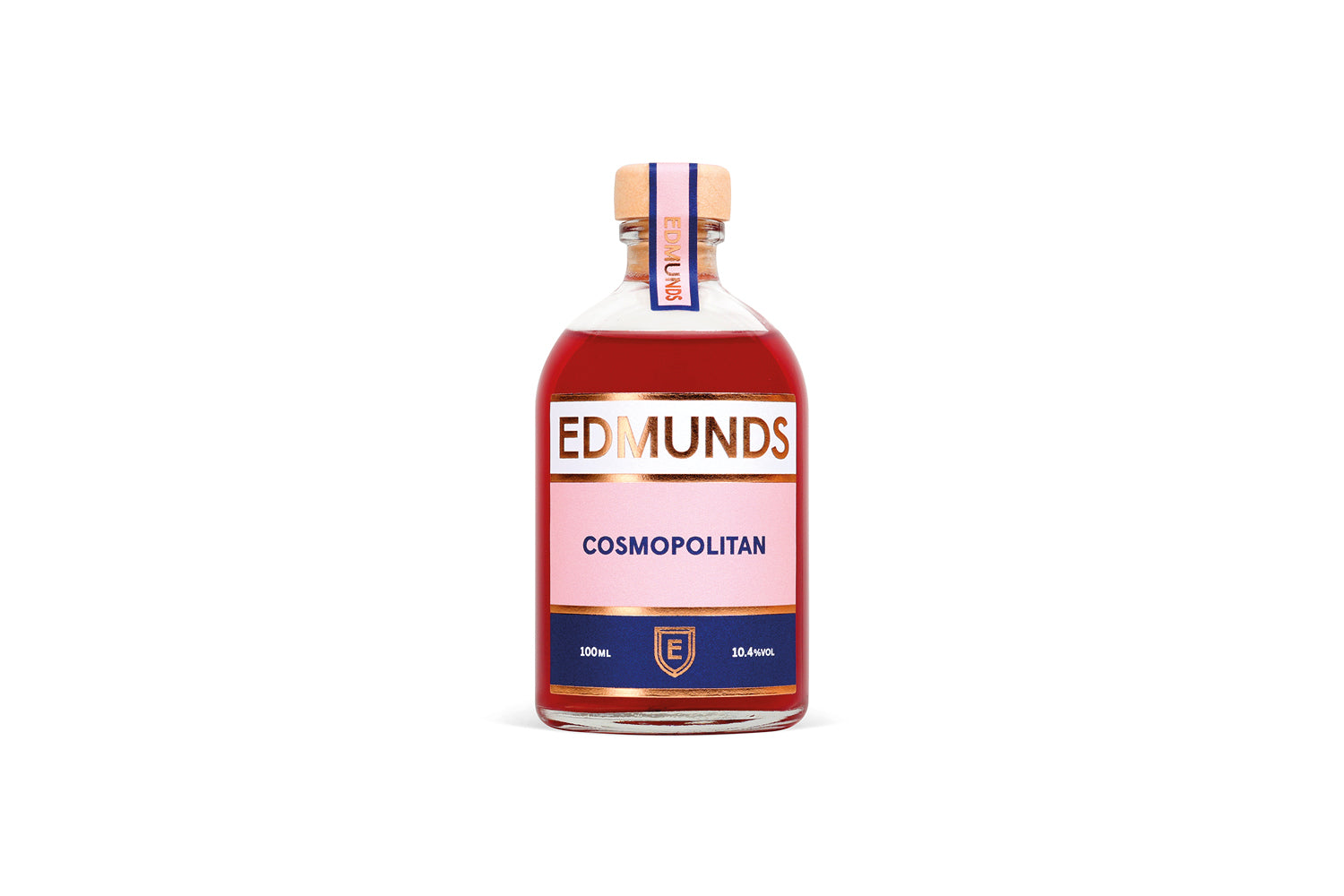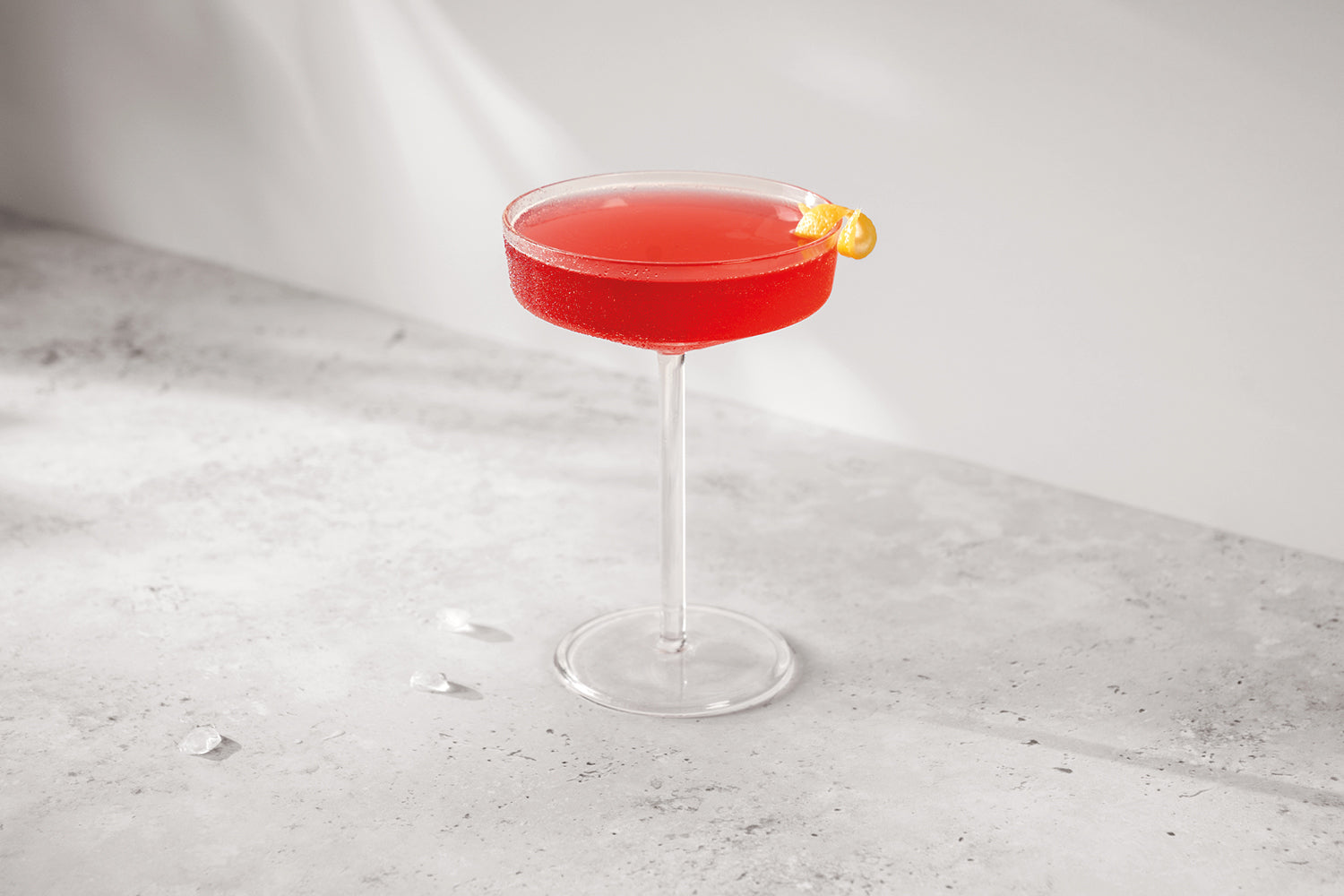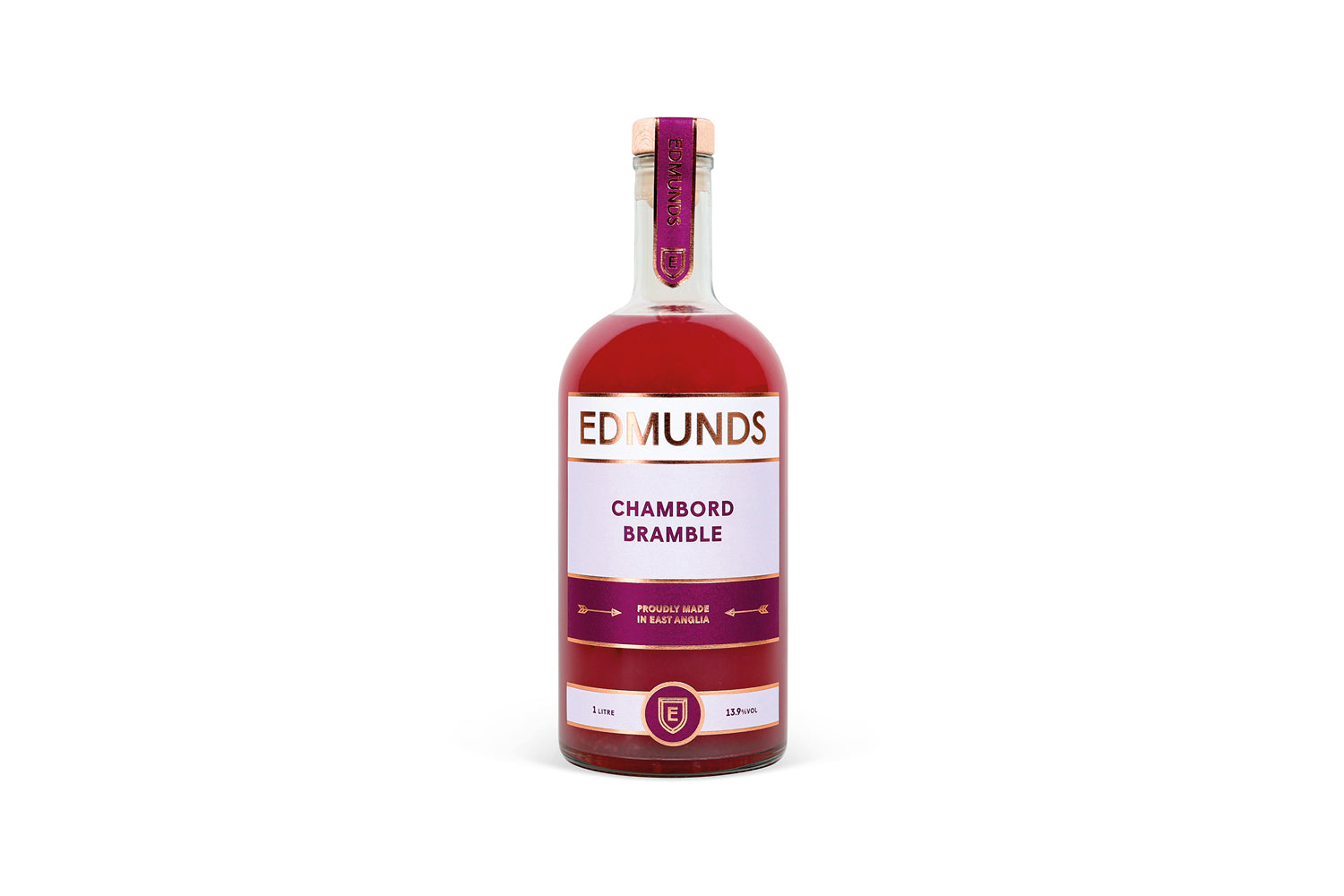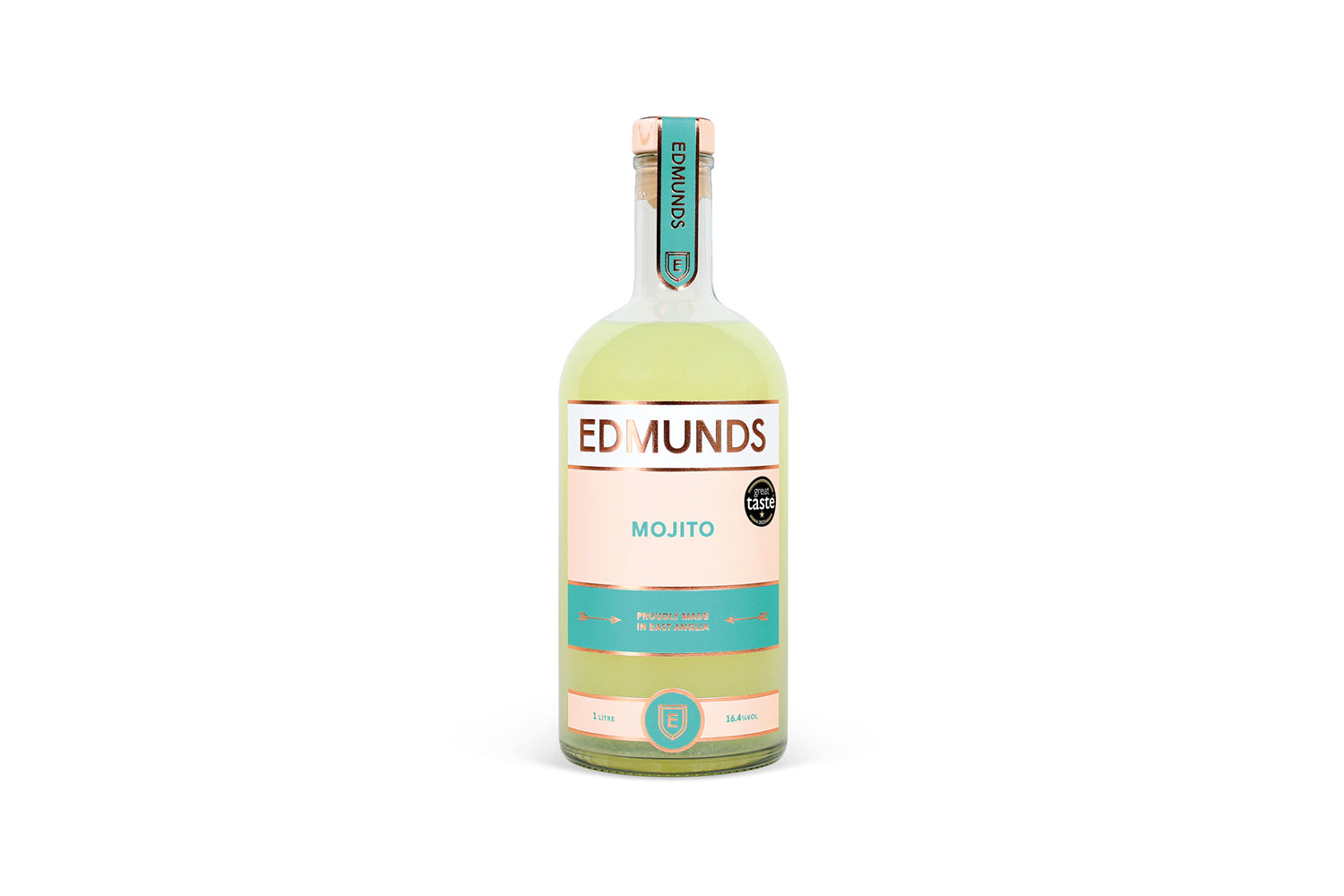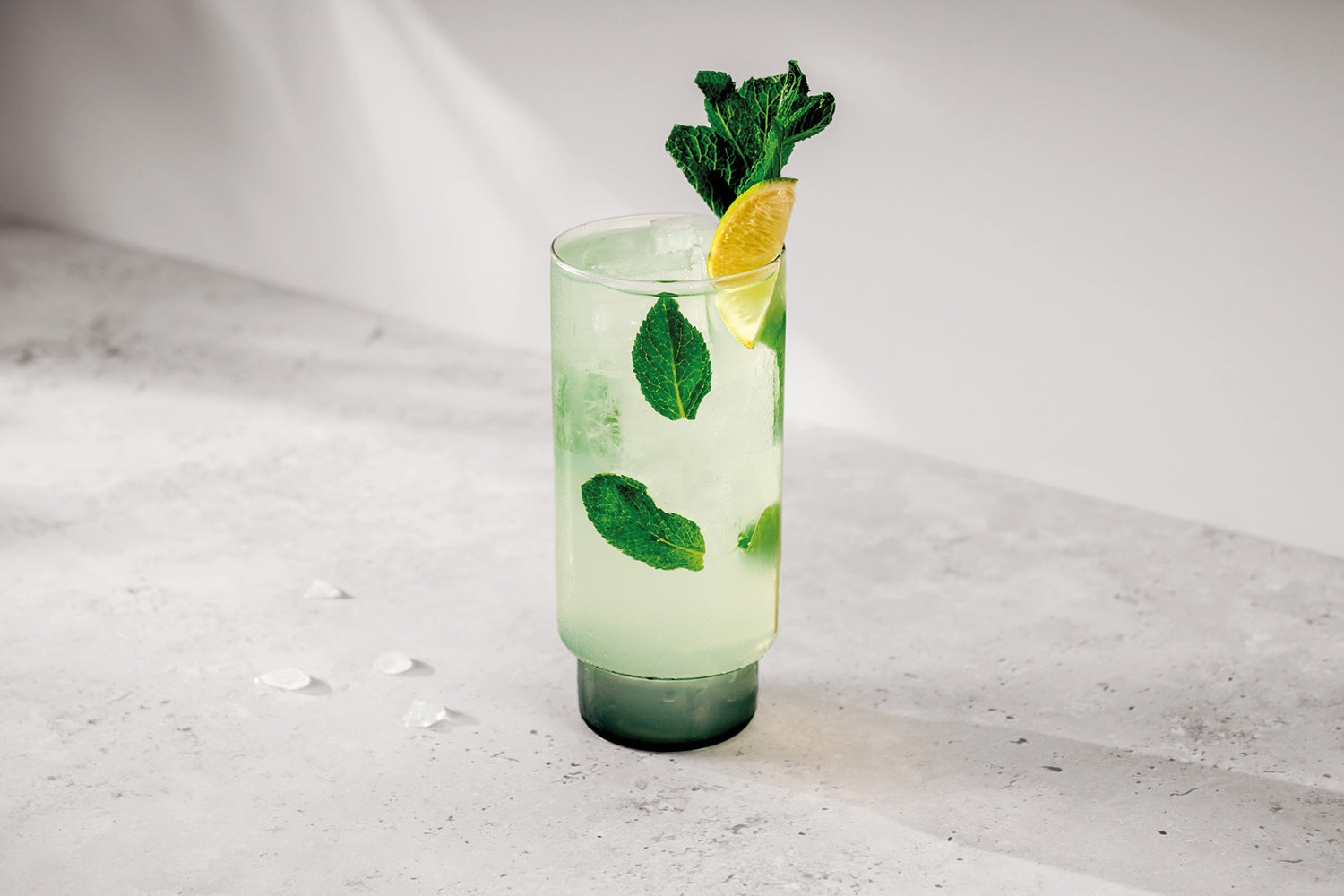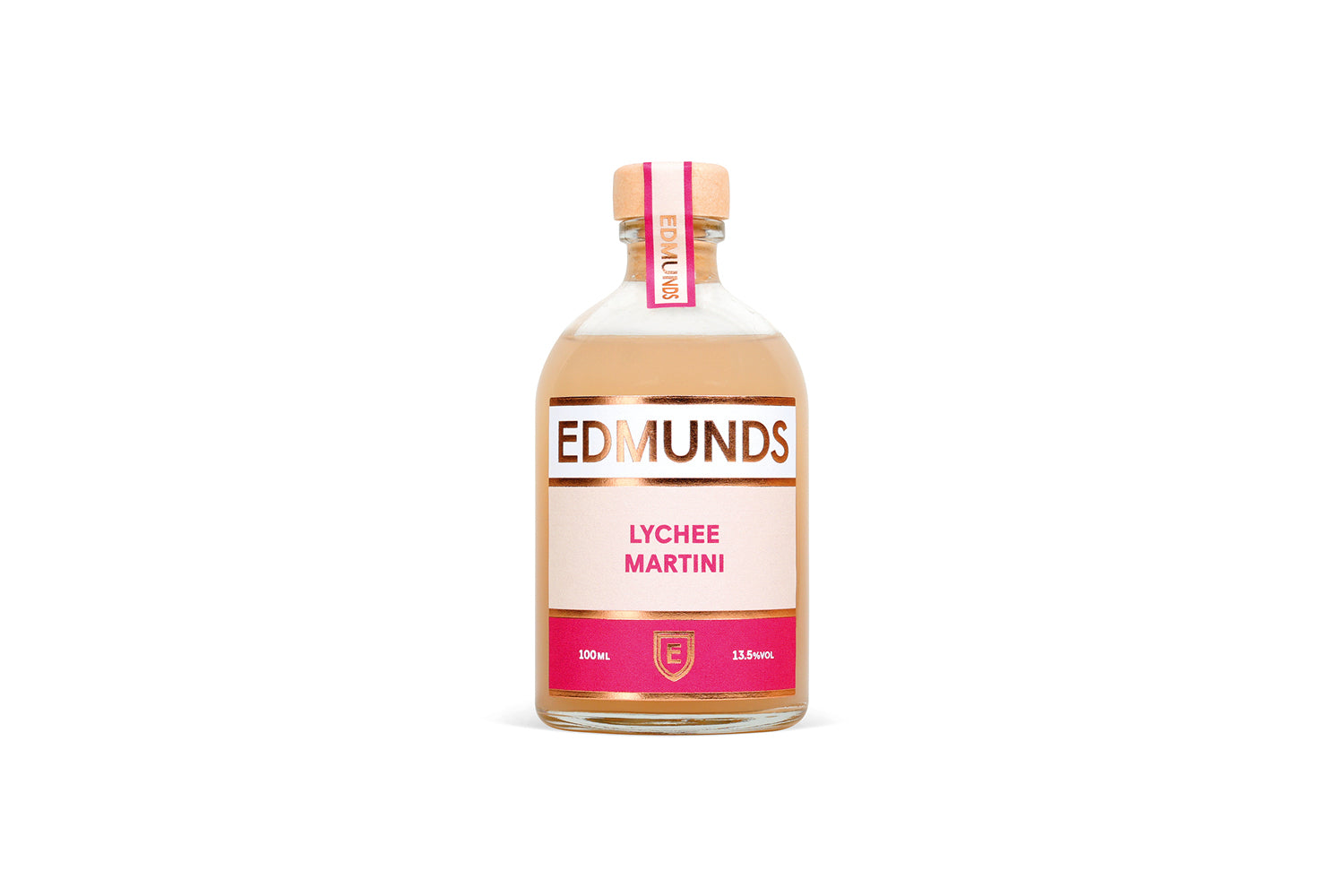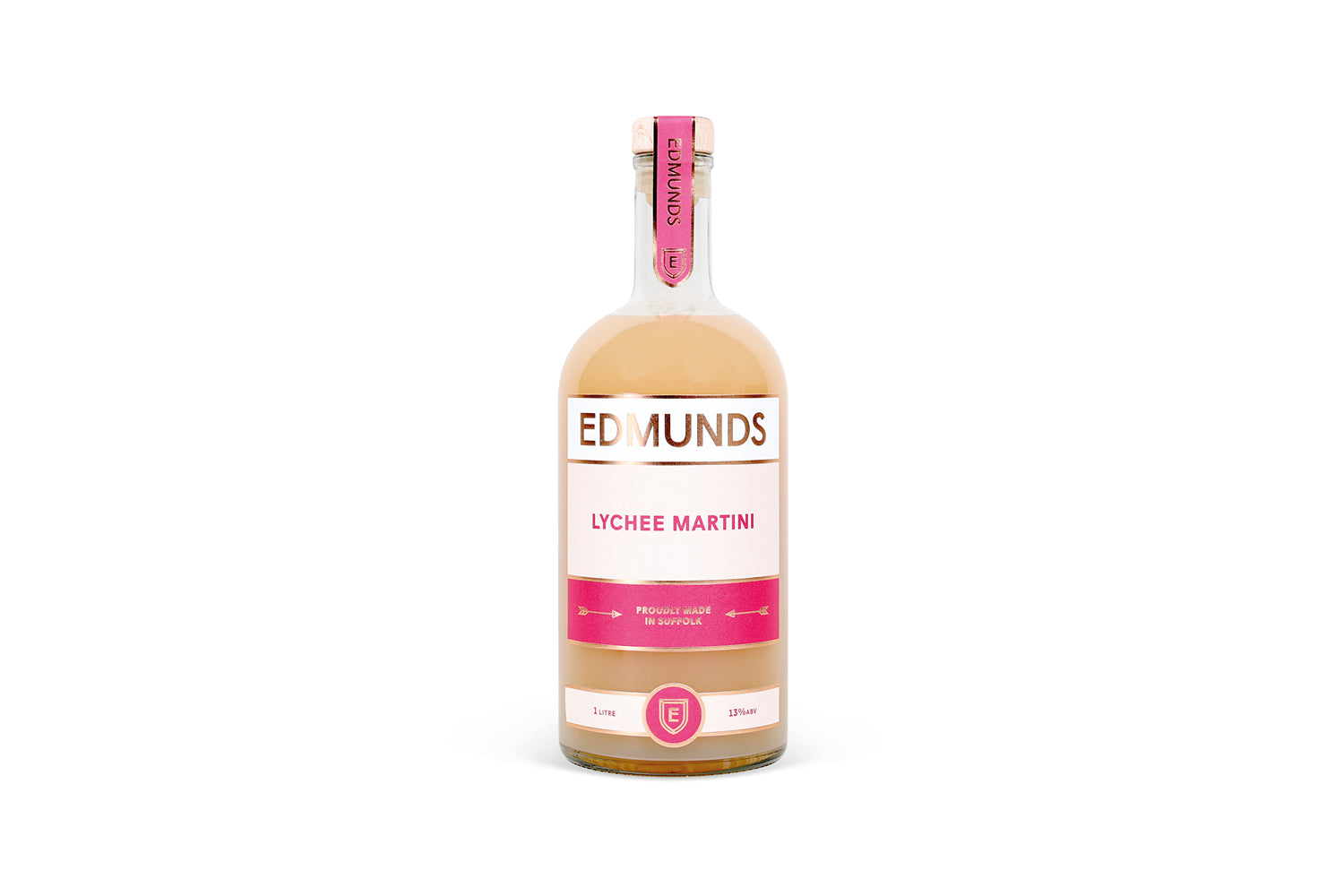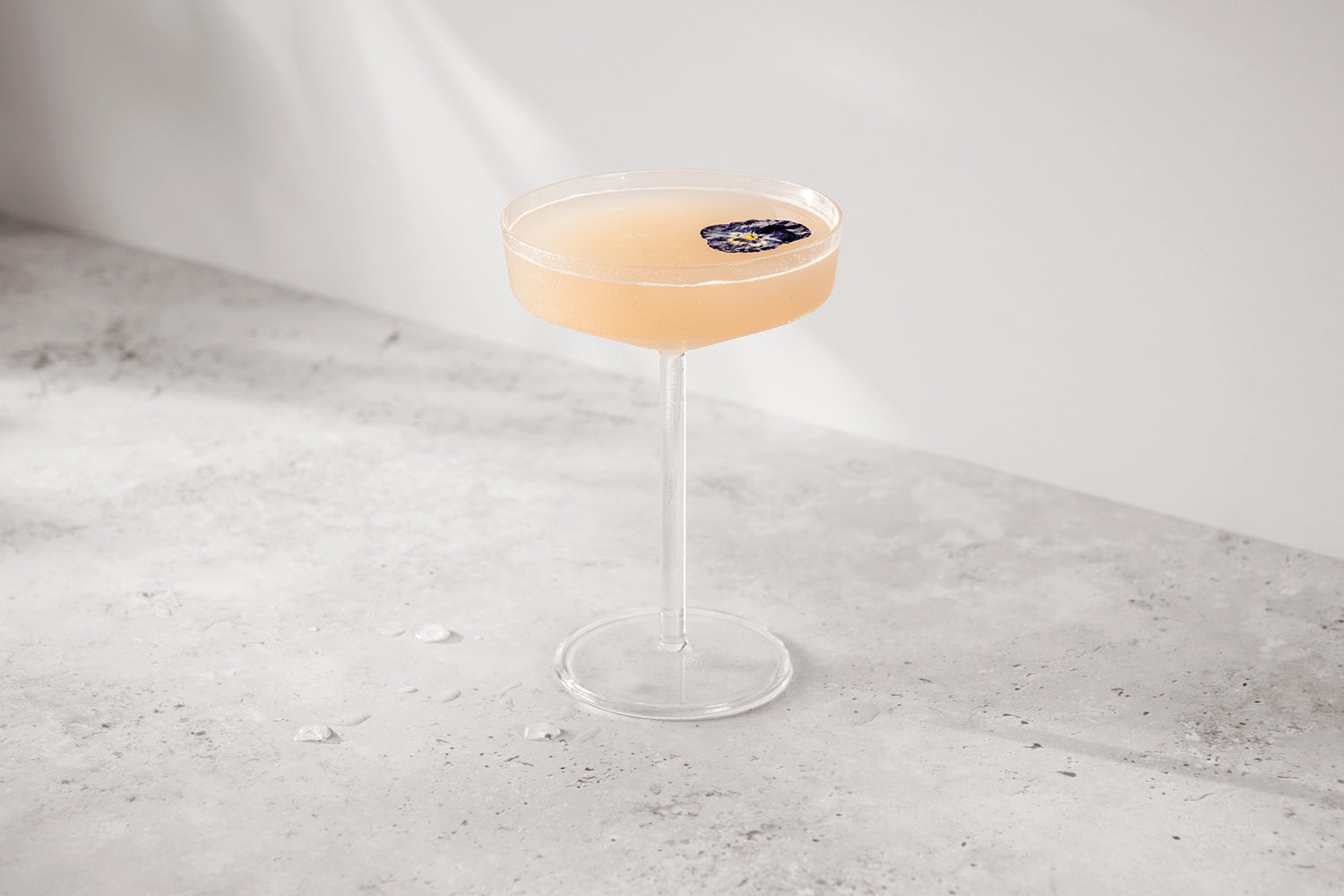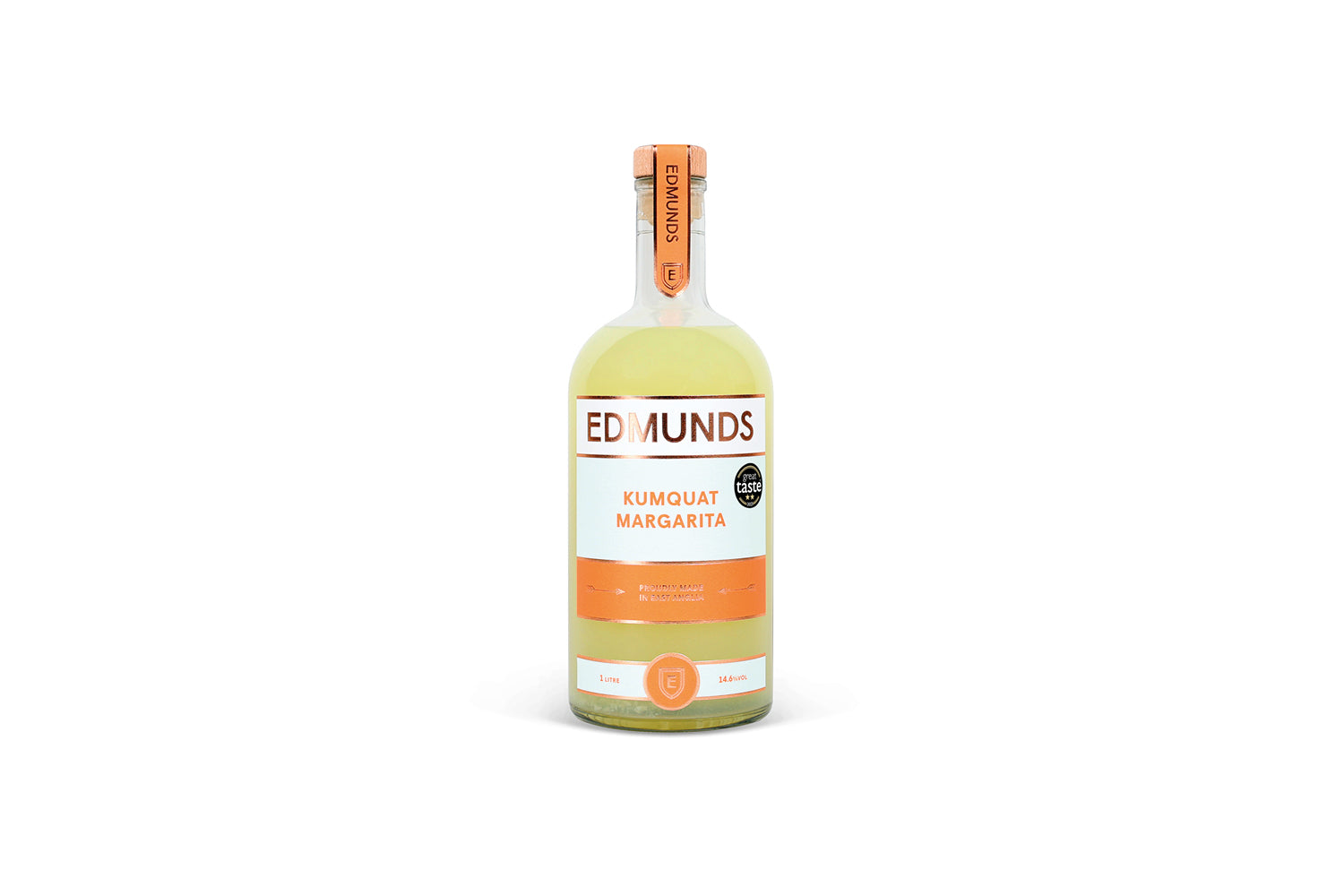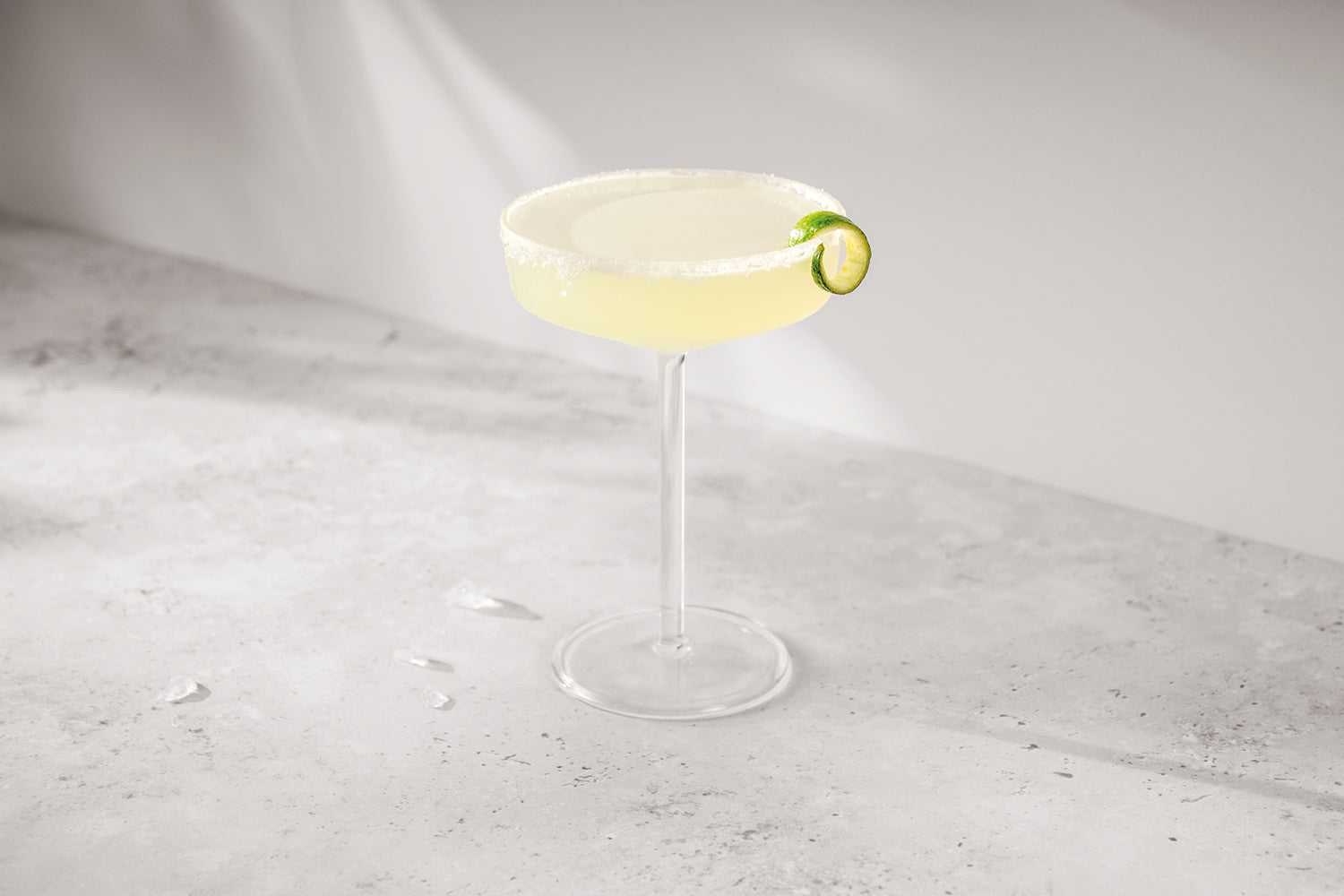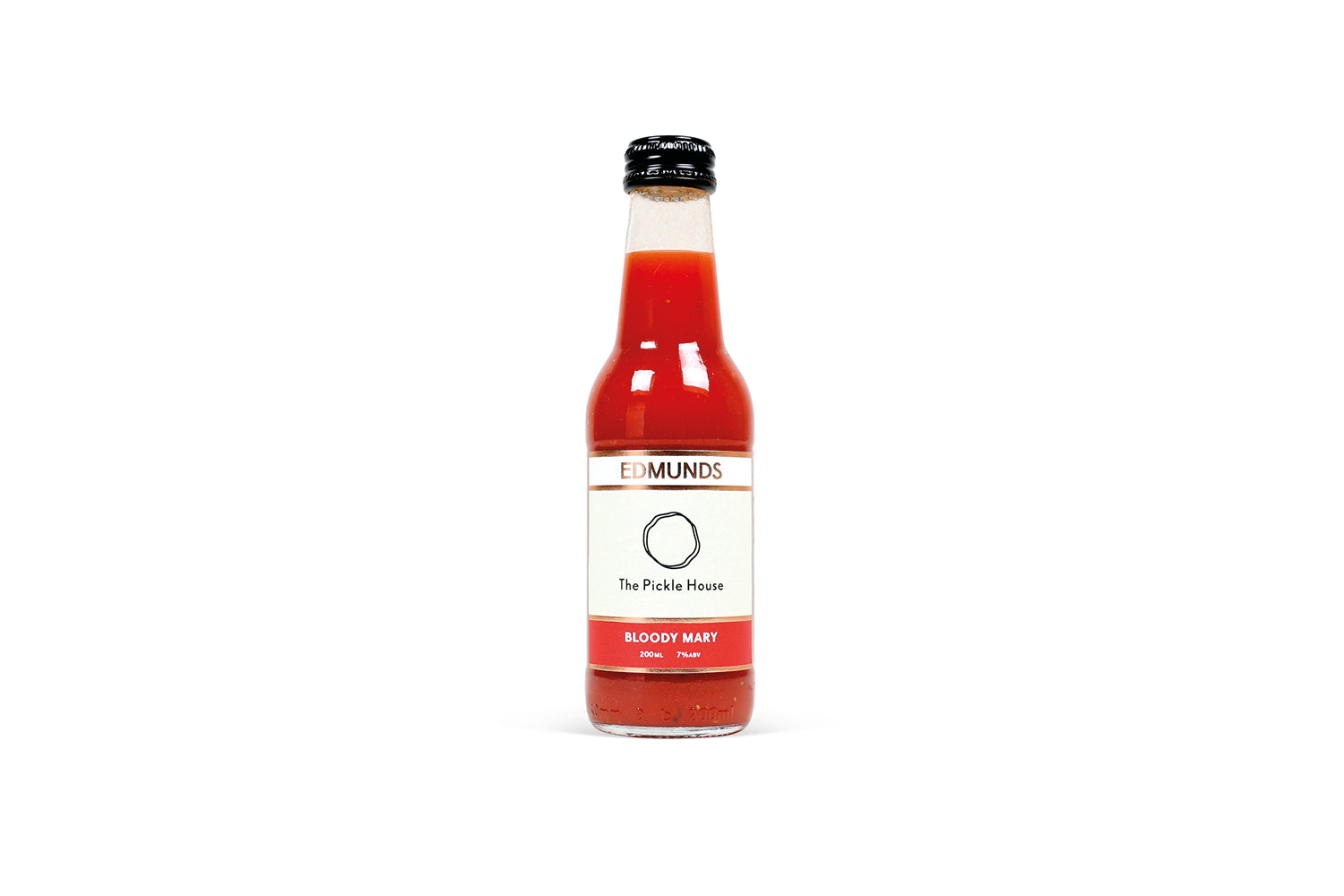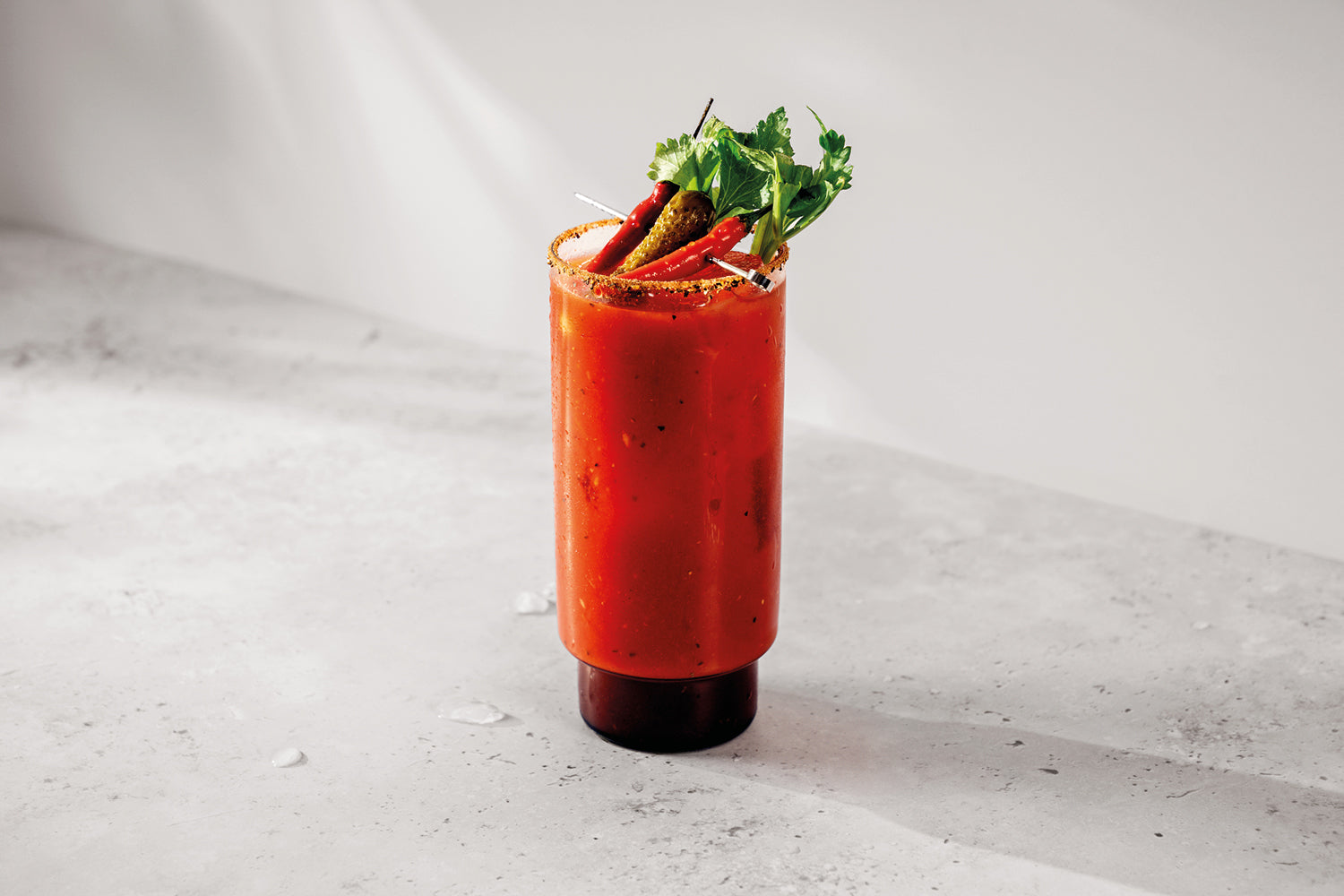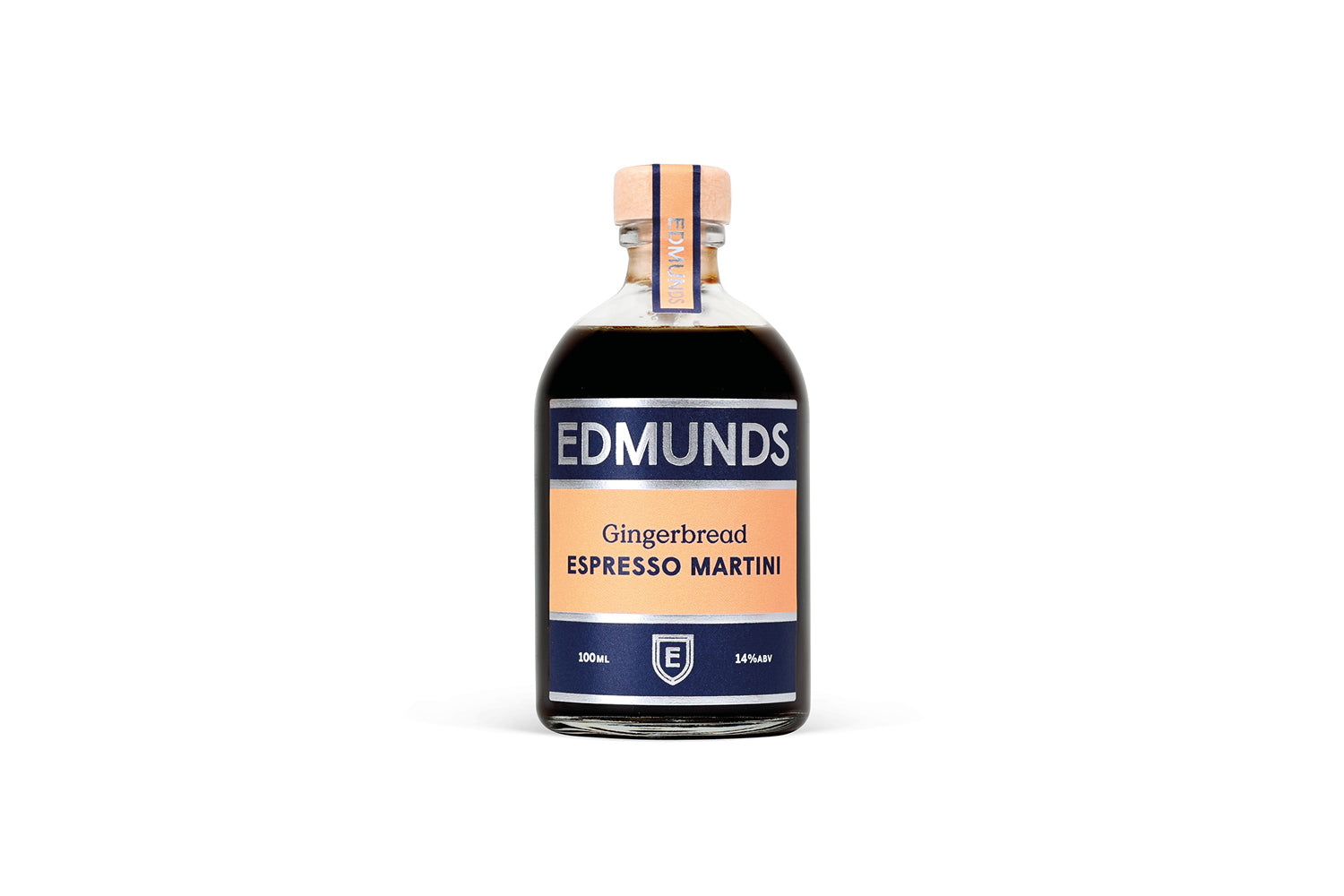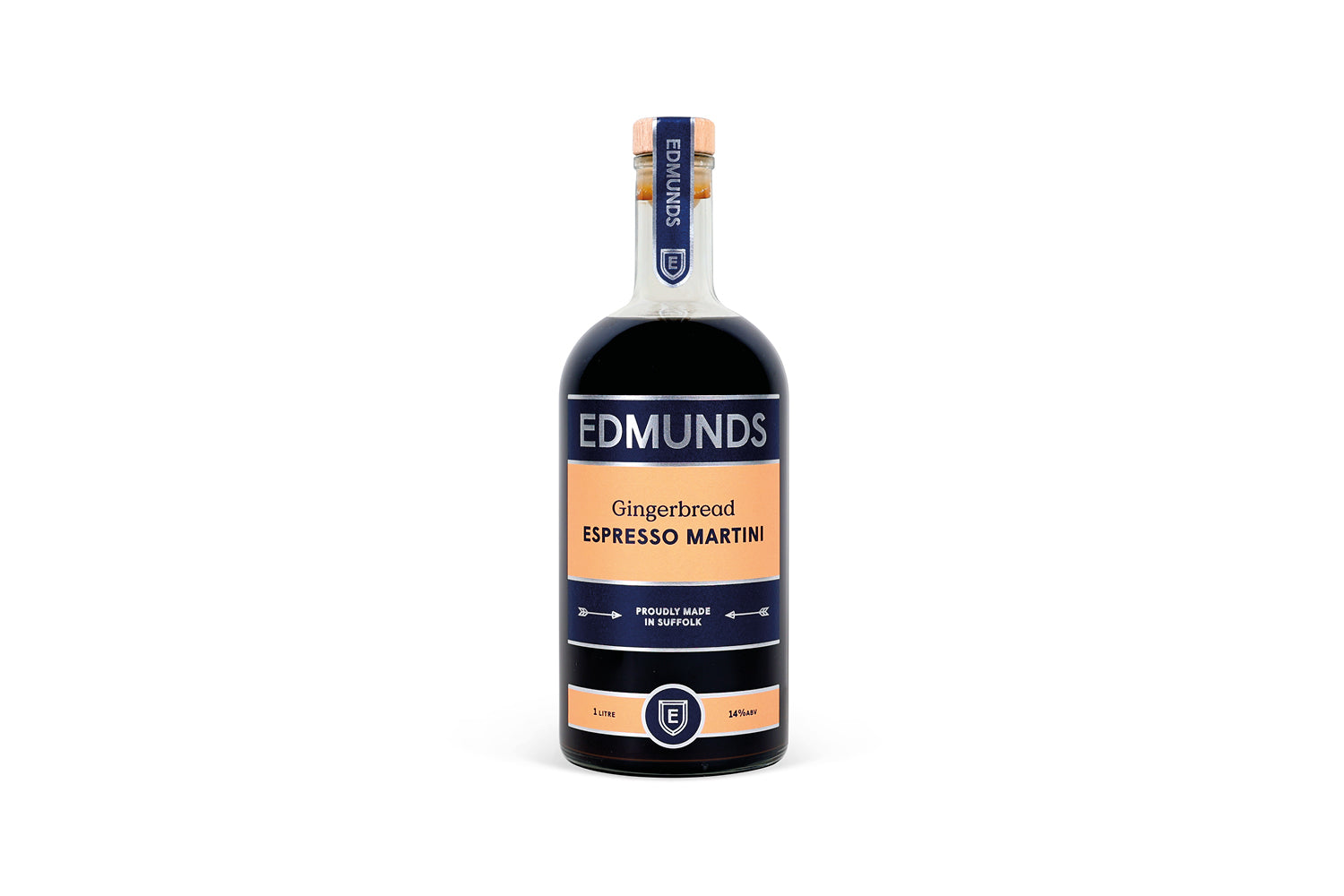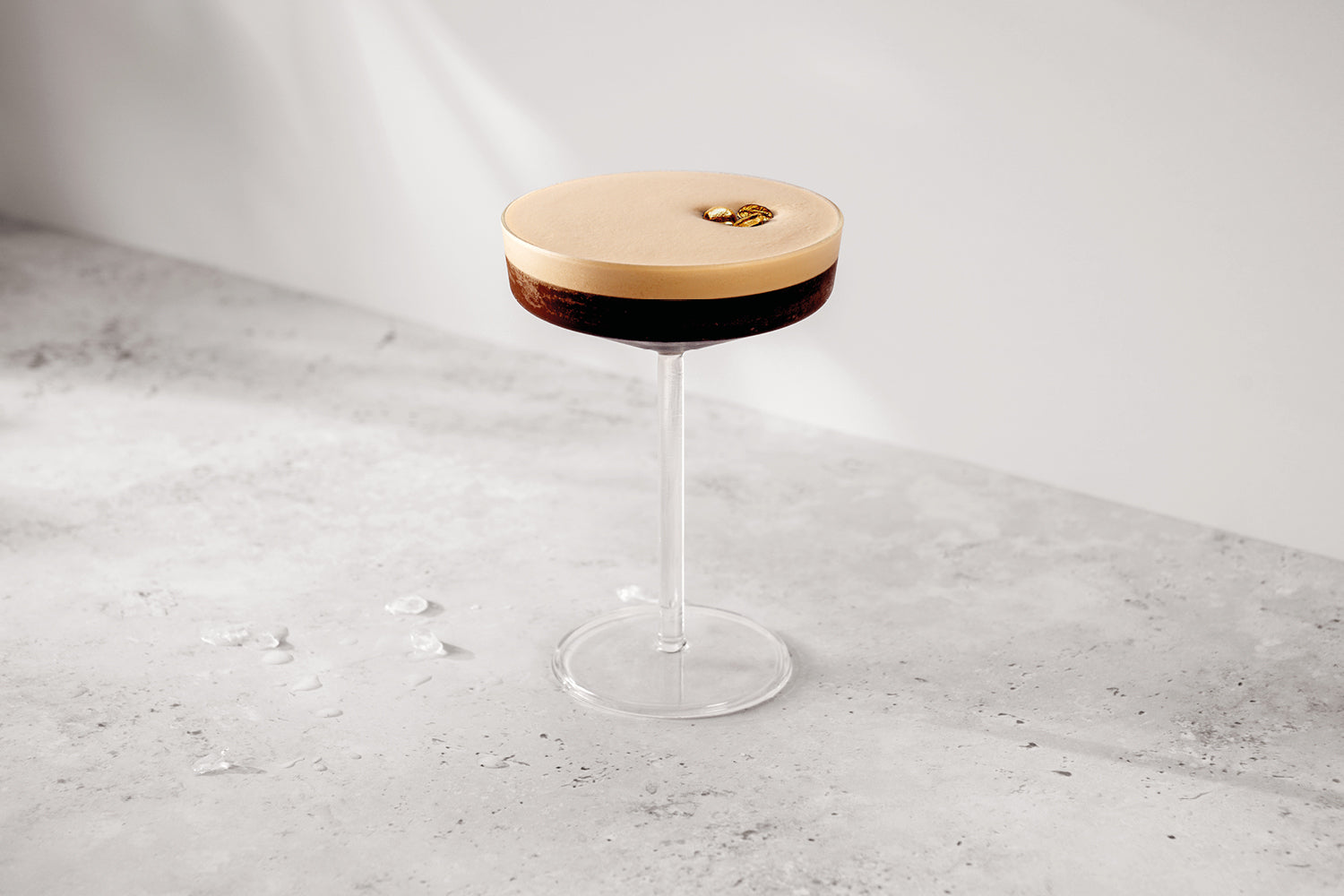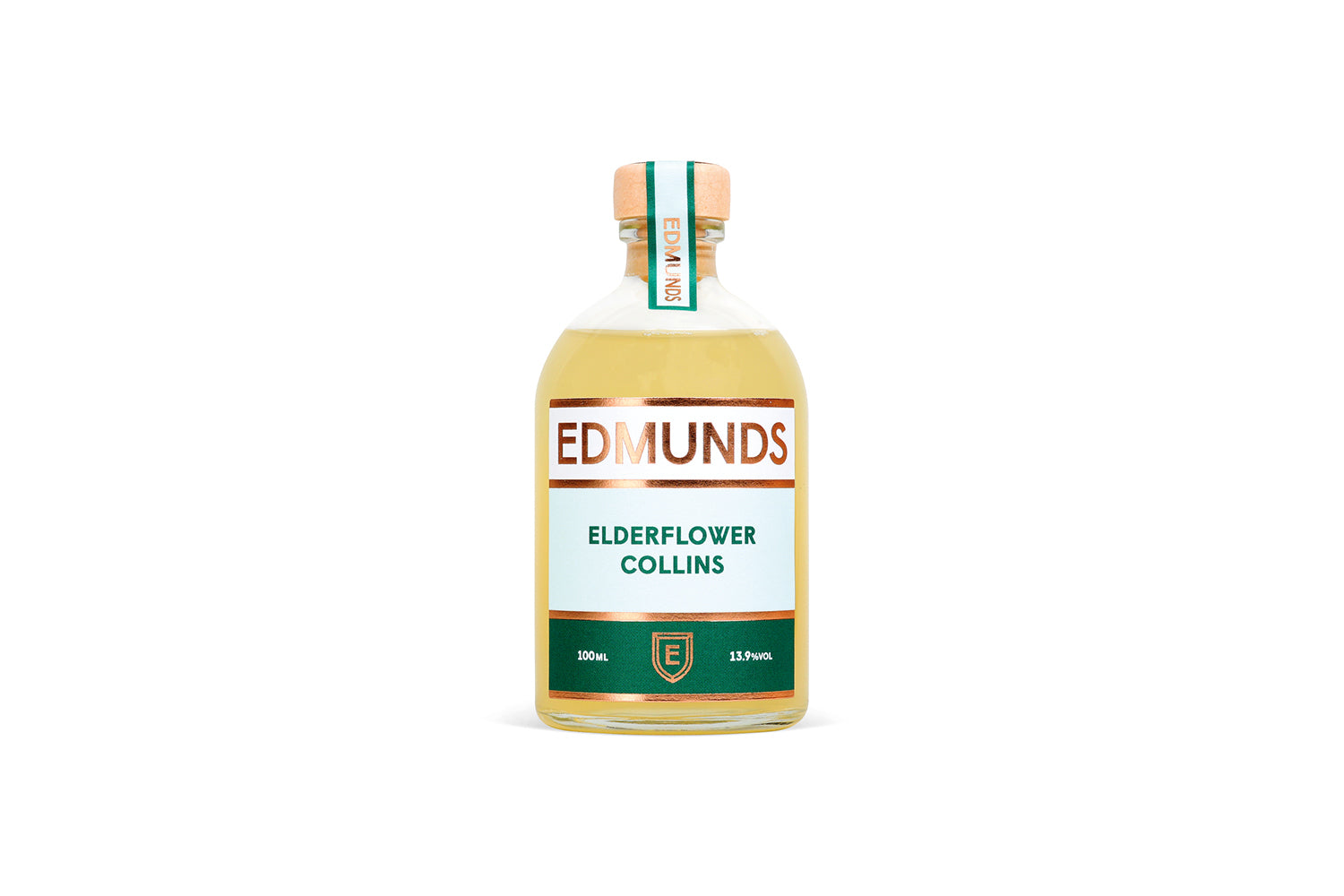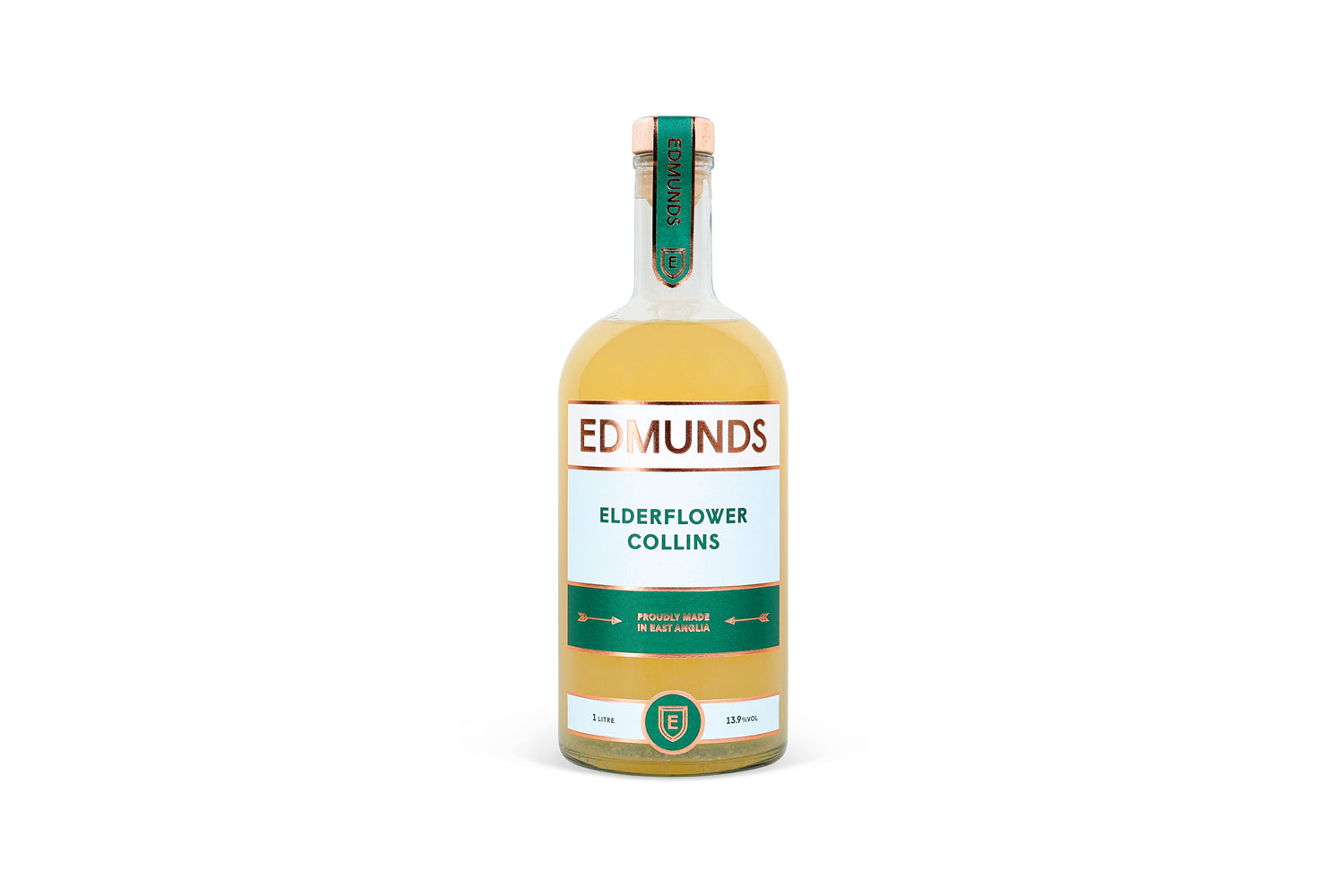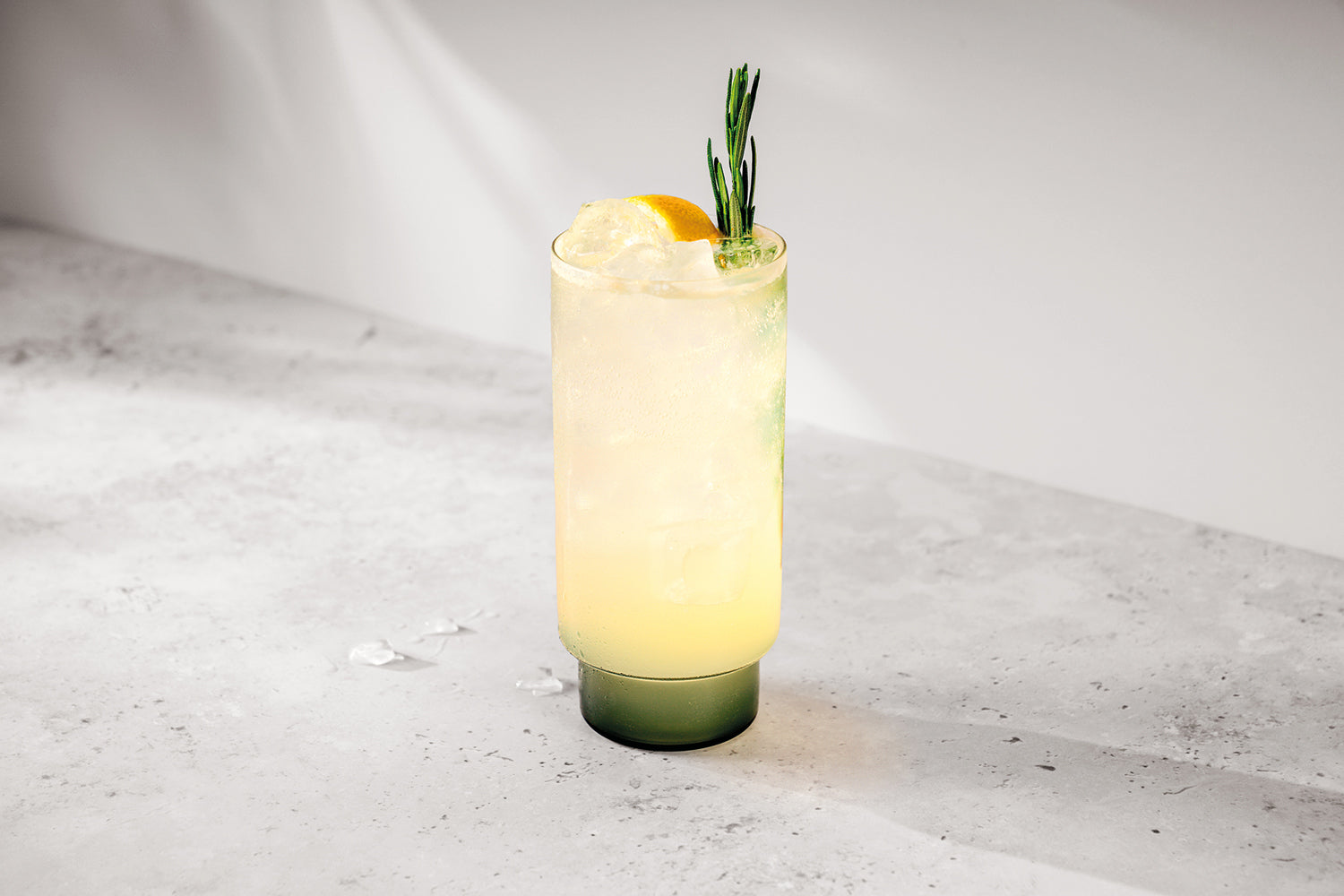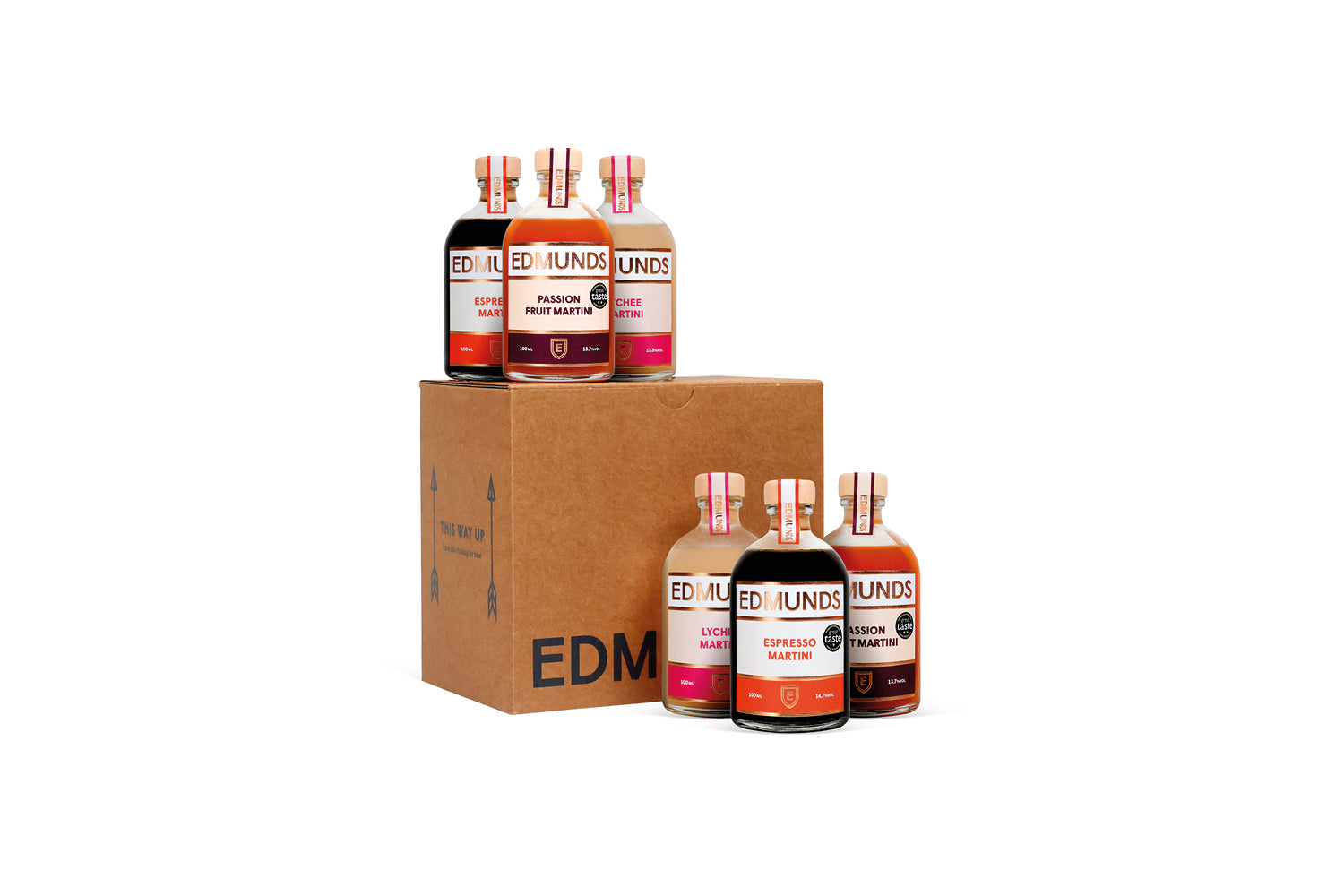Everything about this cocktail feels authentically Dickensian, from a name that evokes the rain-slicked streets of Victorian London, to the fortified wines that number among its ingredients.
Amazingly, the Cobbler (sherry-based version) even enjoys a cameo appearance in Dickens’s 1844 novel, The Life and Adventures of Martin Chuzzelwit, when our eponymous hero reacts to his first experience of this ‘wonderful invention’ with astonishment and ecstasy, before draining the goblet ‘to the last drop’*.
The original fruit cocktail
Despite Dickens’s obvious partiality to a cheeky Sherry Cobbler – a predilection which helped it become one of the most popular cocktails of the era – its origins can be traced back to the 1830s.
It’s a simple formula: the Cobbler calls for wine (or fortified/ aromatised wine) or spirits, blended with sugar and fruit before serving over crushed ice** in a goblet or collins glass.
There’s plenty of robust discussion, though, about whether or not to shake the ingredients before pouring or if it’s better to add each ingredient separately to the ice-filled glass before stirring to combine the ingredients in situ. There are also advocates for an every-fruit-except-citrus approach and just as many who take a lemon-inclusive line.
You’ll find broad agreement on the inclusion of fruit as both an ingredient and a garnish, and on the need to ensure sufficient sweetness – either in the form of a syrup or sweet liqueur – to overcome the taste-flattening effect of the volume of crushed ice. To wit, the Sherry Cobbler may well benefit from using a sweeter sherry style with more depth, such as an Oloroso or Ximénez, rather than a dry variety.
As a rule, the acid needed to balance the sugar comes from the wine/ sherry/ spirit cobbler base, but some get this element from a fruit shrub – an acidic syrup made from fruit, water, sugar and vinegar that adds complexity to the completed cocktail.
Sipped through a straw
Crucially, the cobbler is always consumed through a straw in order to prevent the inevitable lip freeze that would result from repeated sipping from the glass itself. In fact, the cobbler likely did much to bring the then newly invented drinking straw into common use. Interestingly, 1820s straws would have been made from rye (literally straw) or from hollow pasta (vermicelli), as paper straws weren’t patented till the 1880s.
Because of its simplicity, the Cobbler is a great foil for seasonal fruits and aromatics. A rosato vermouth or Lillet Rose aromatised wine make the perfect summery partner for sweetened strawberry puree or rhubarb compote – perhaps featuring a dash of Aperol for a bitter contrast. For a lively tropical summer vibe, muddle pineapple and maraschino liqueur before stirring into crushed ice and topping with champagne or sparkling wine.
Cocktails for autumn
Hedgerow flavours can turn a Cobbler into an autumnal delight. We’d recommend muddling blackberries with sugar and a little lemon before adding damson gin for a flavourful cocktail.
For the simplest and tastiest of Cobblers, why not shake a bottle of ready-to-serve Edmunds Chambord Bramble with ice before pouring over crushed ice and garnishing with seasonal berries. In our recipe, the sweetness of the Chambord liqueur, incorporating black raspberries, XO Cognac, vanilla, citrus peel and honey, is paired with Adnams Copper House Gin, zesty lemon juice and cane sugar to create a perfectly balanced drink straight from the bottle. Martin Chuzzelwit would have been beside himself.
*So, we’re pretty sure that product placement wasn’t a thing in the mid-1800s, but we’ll admit that this paragraph does sound like it might have been inserted by the Cobbler Marketing Board™.
**The cocktail gets its name from the method of serving over roughly crushed ice – resembling cobbles – as mechanical methods for crushing ice to fine chips weren’t available till the late 1800s.


